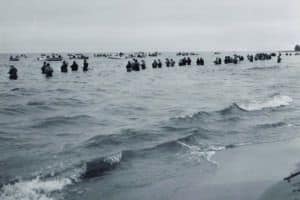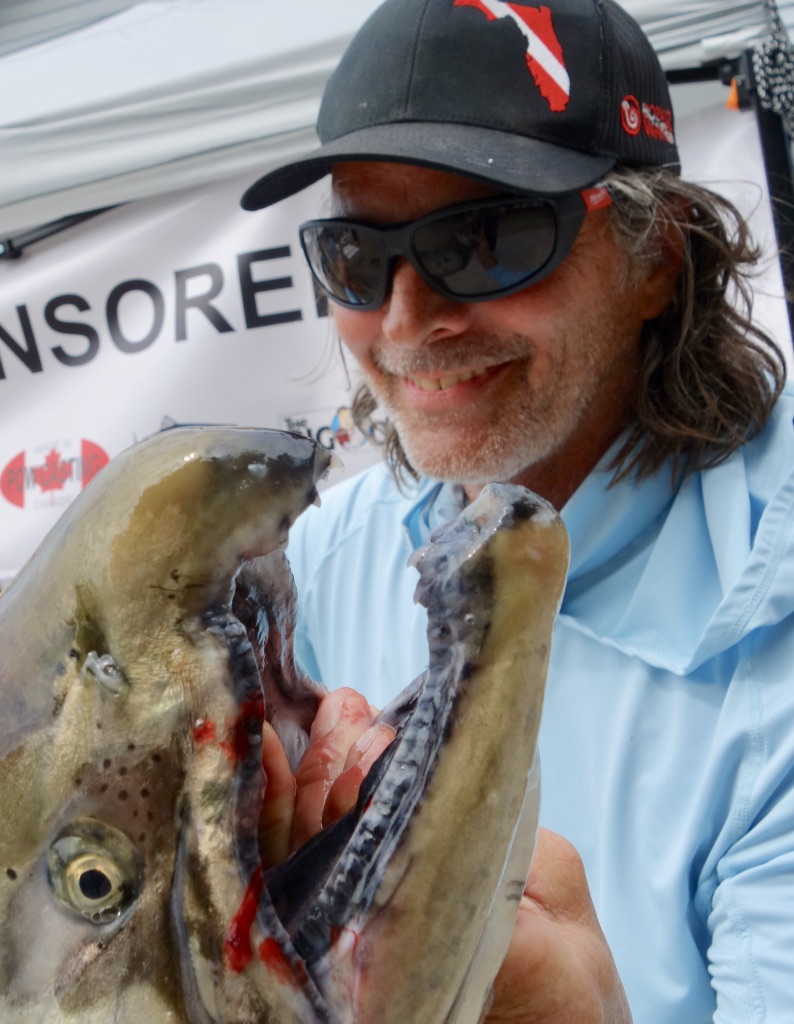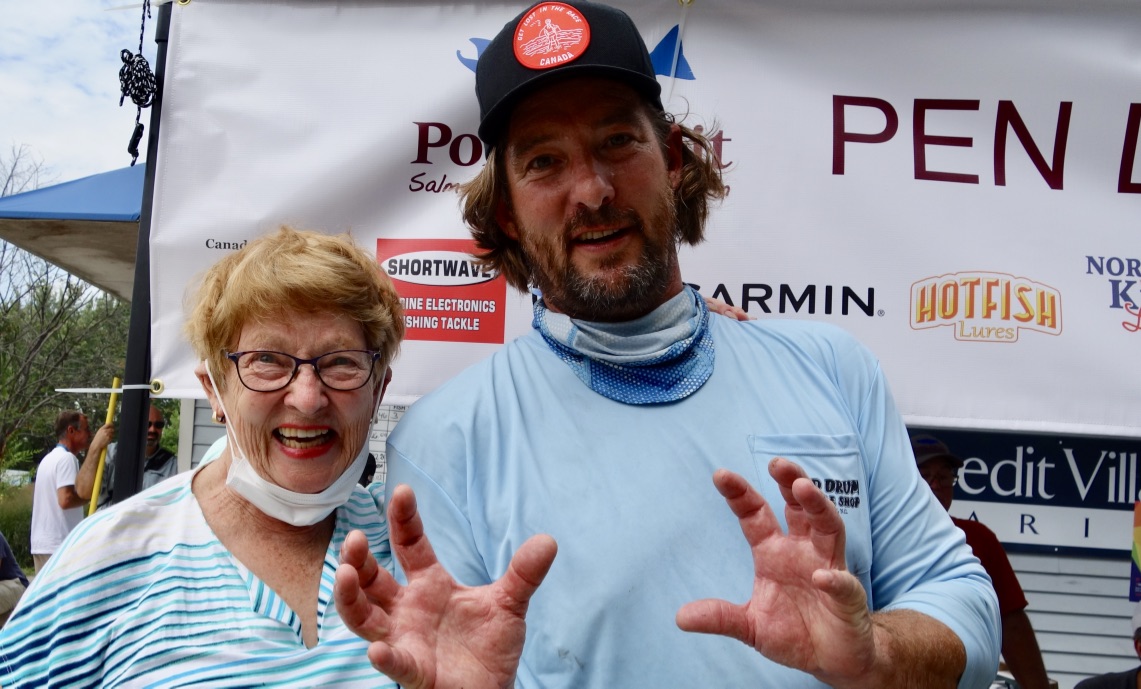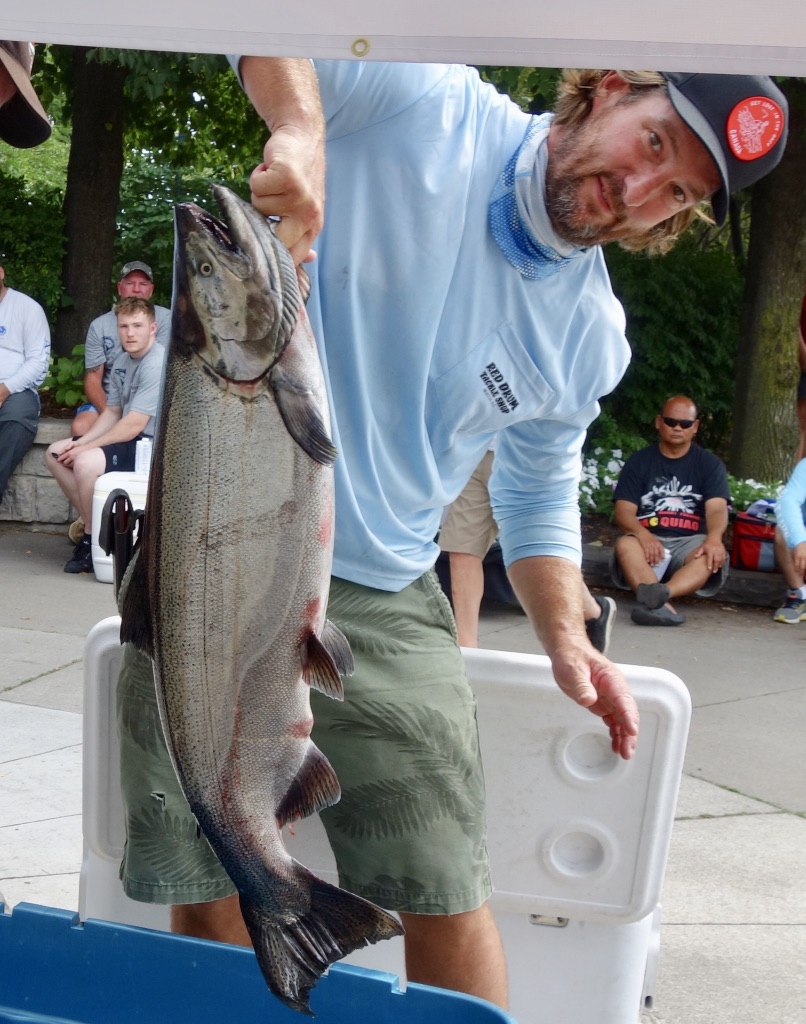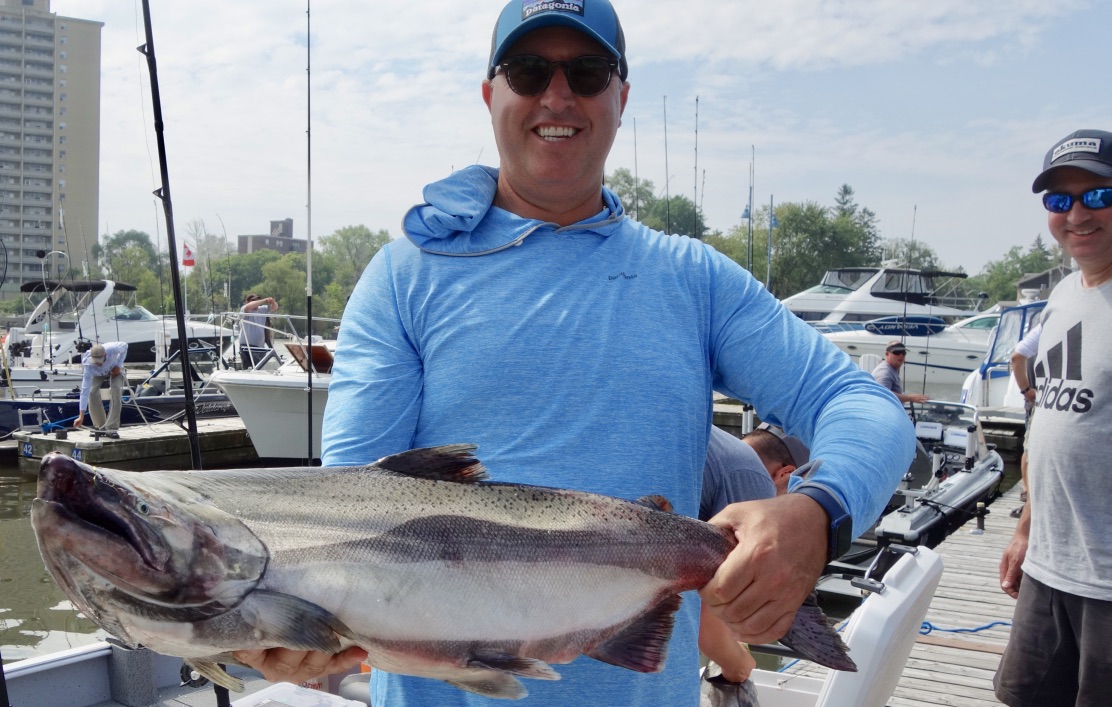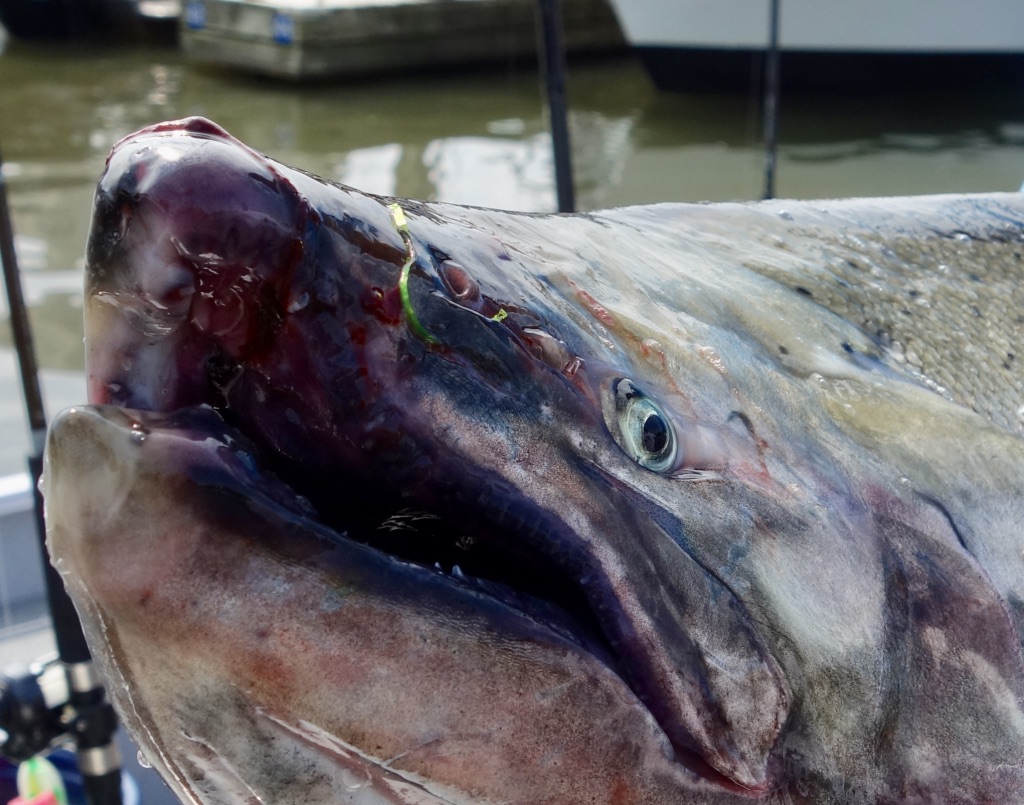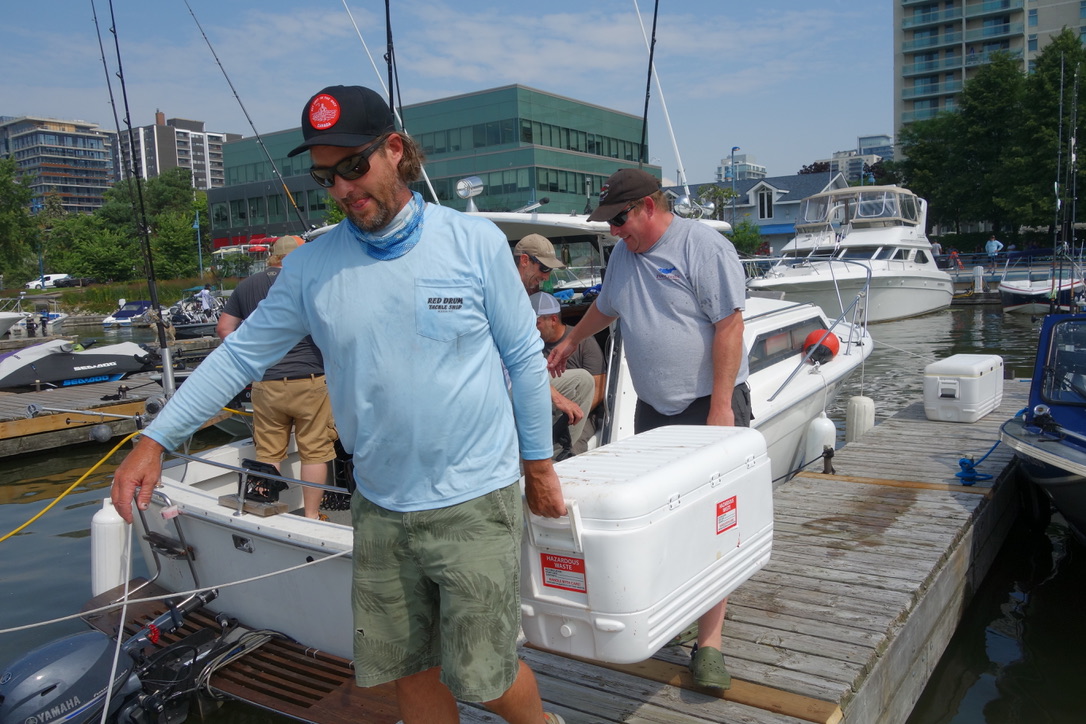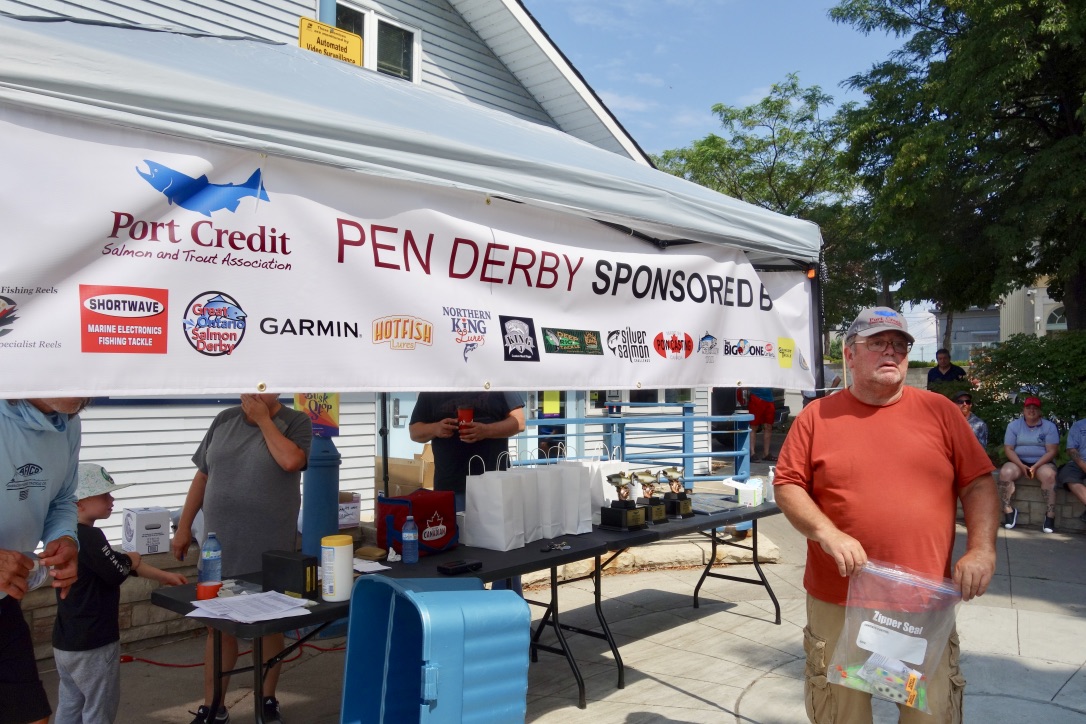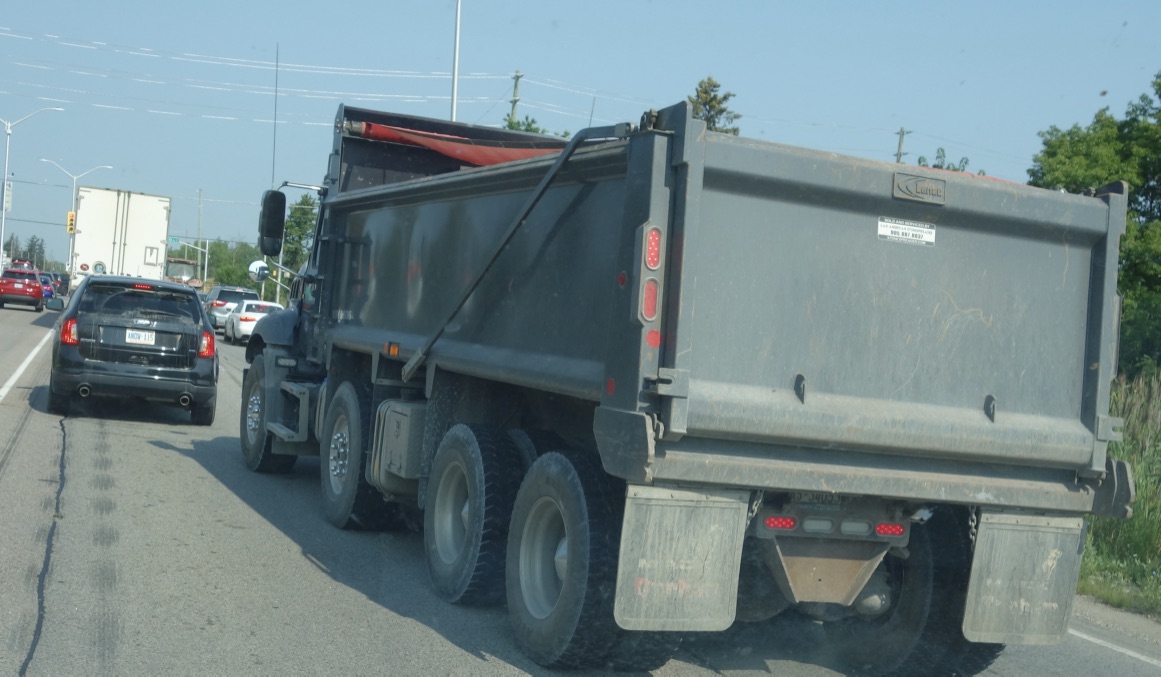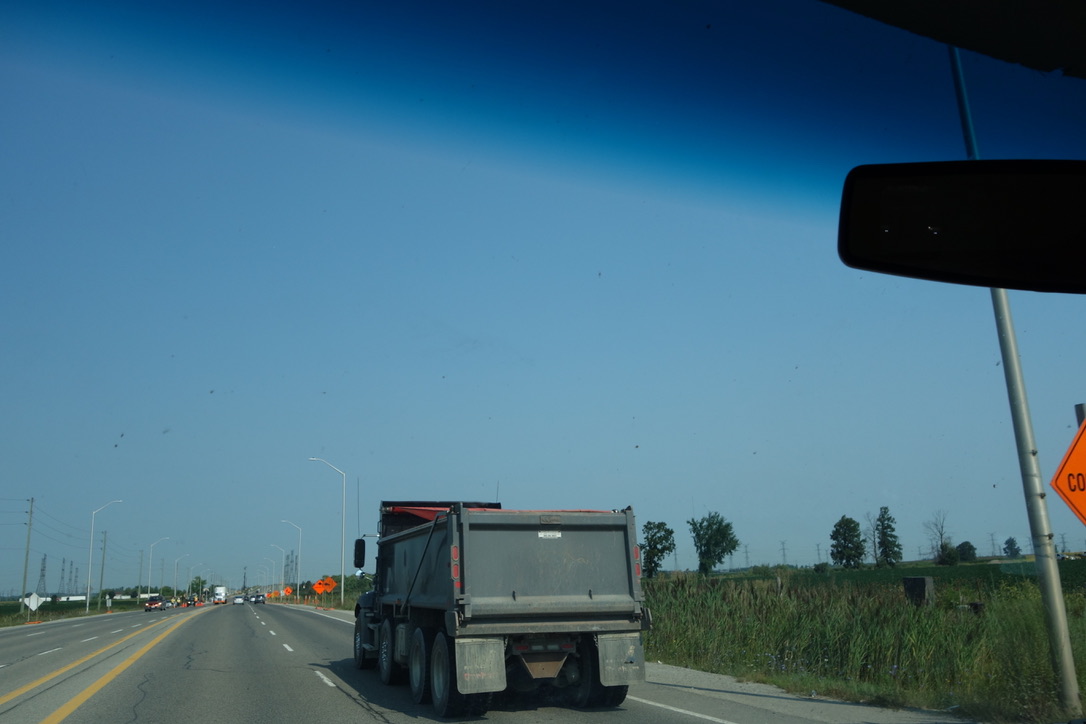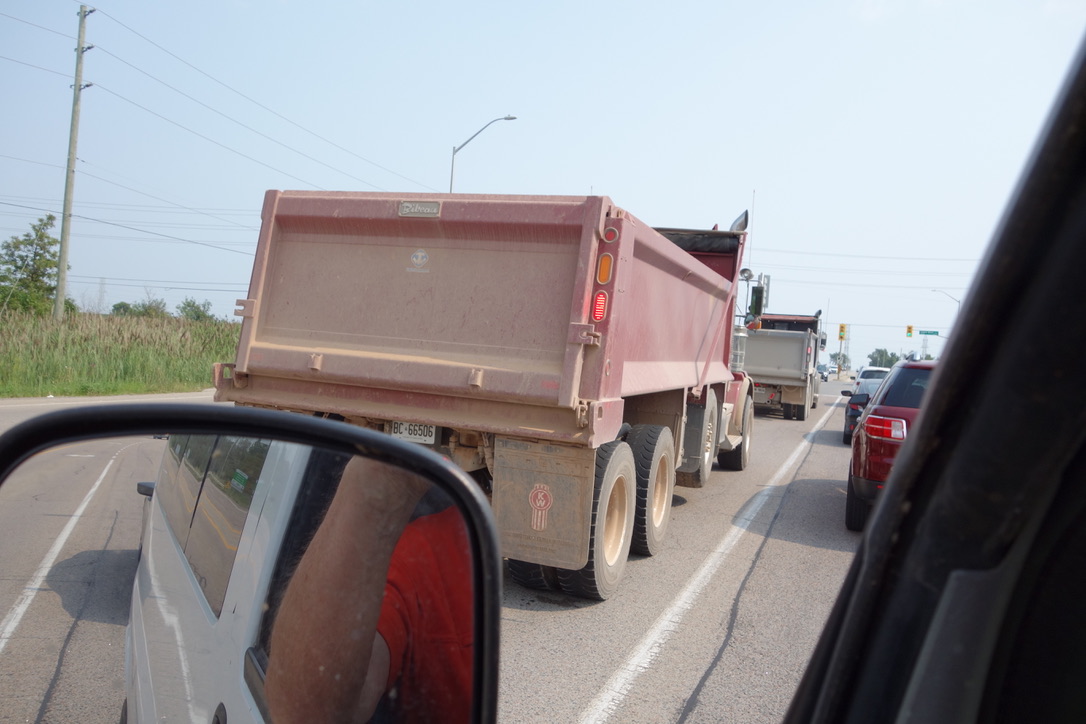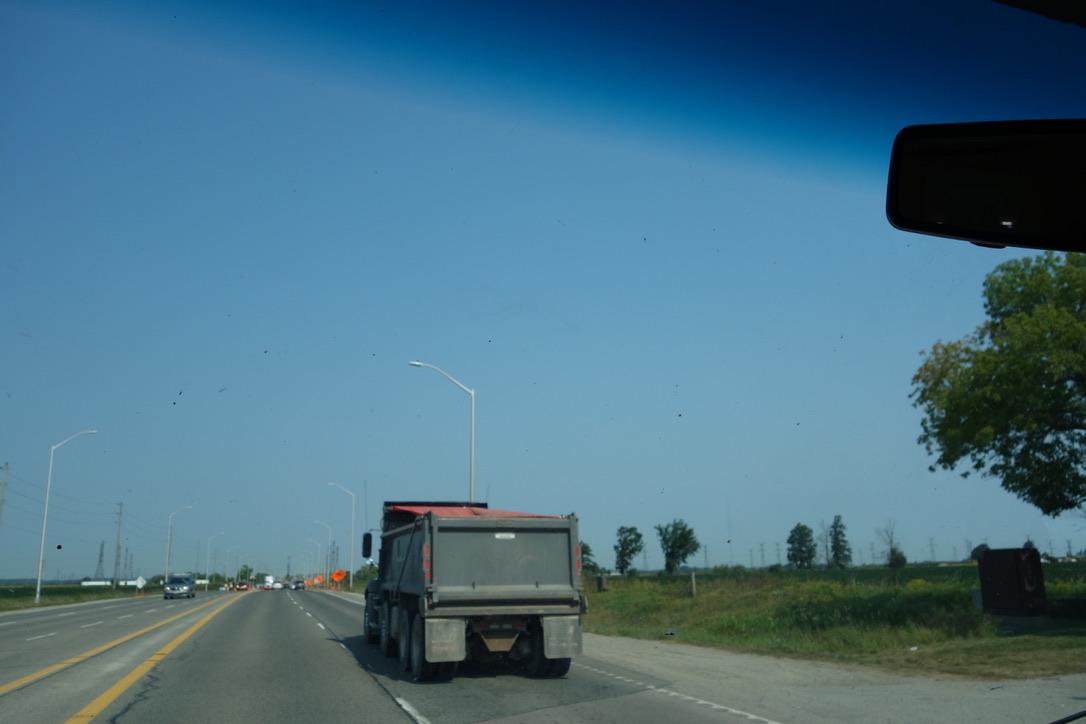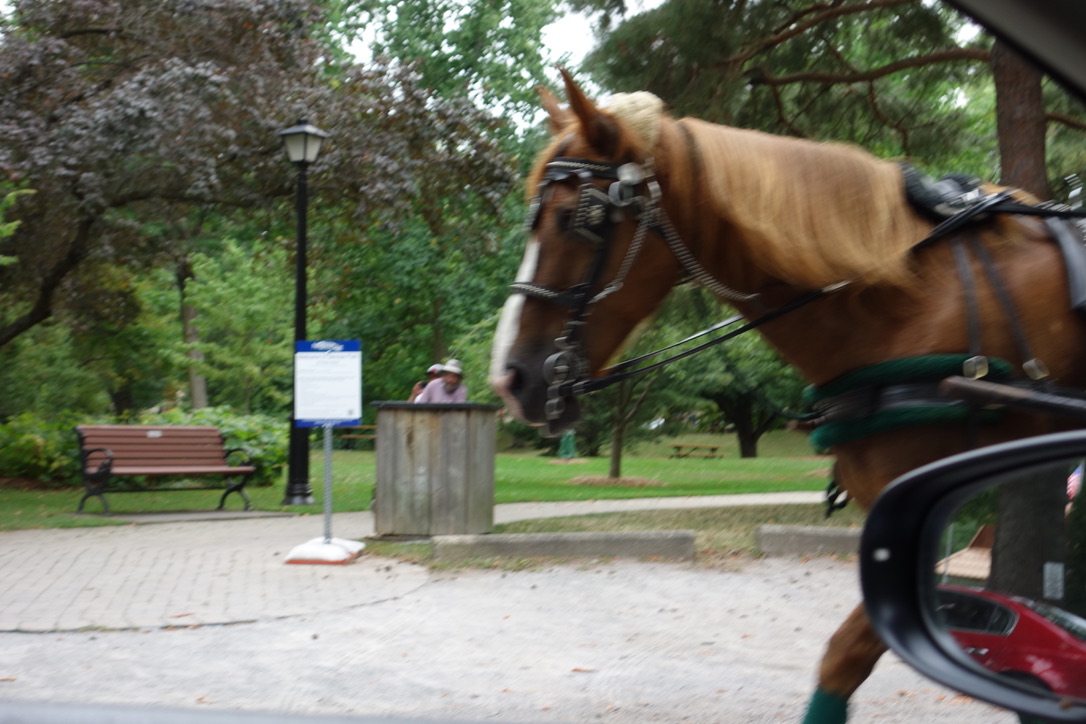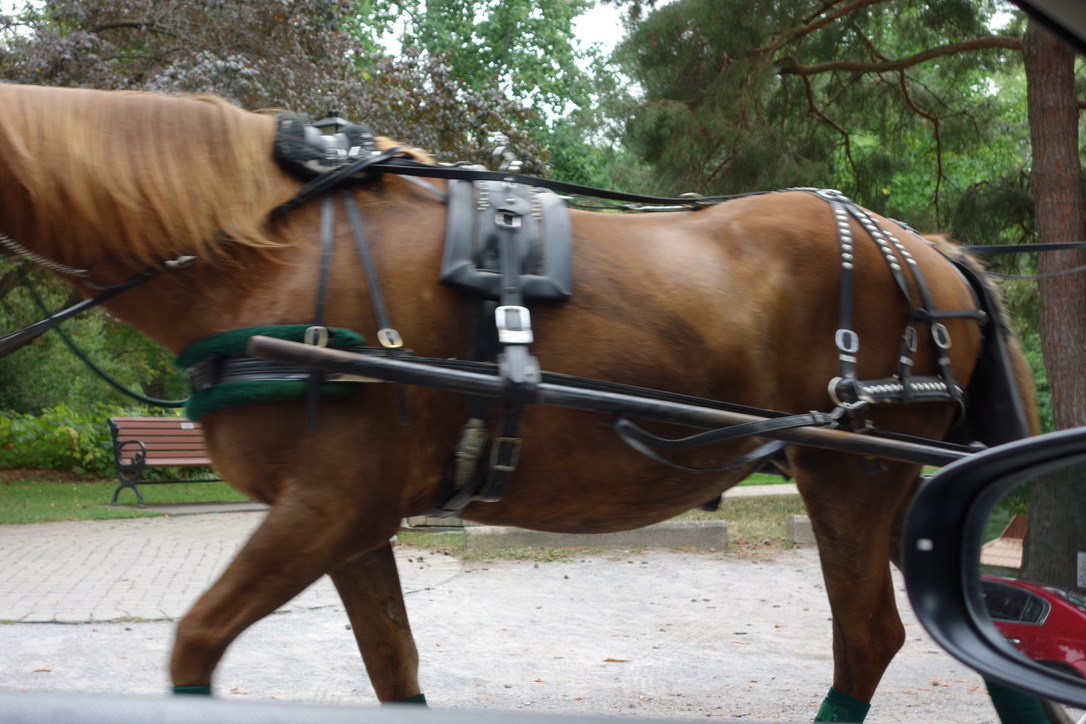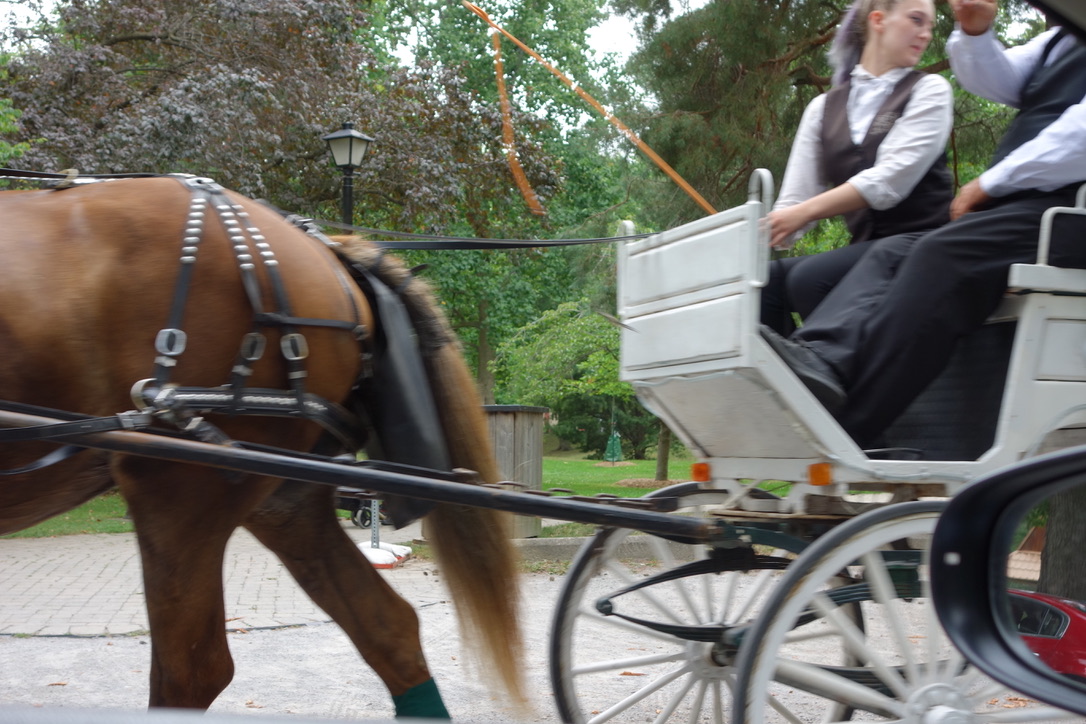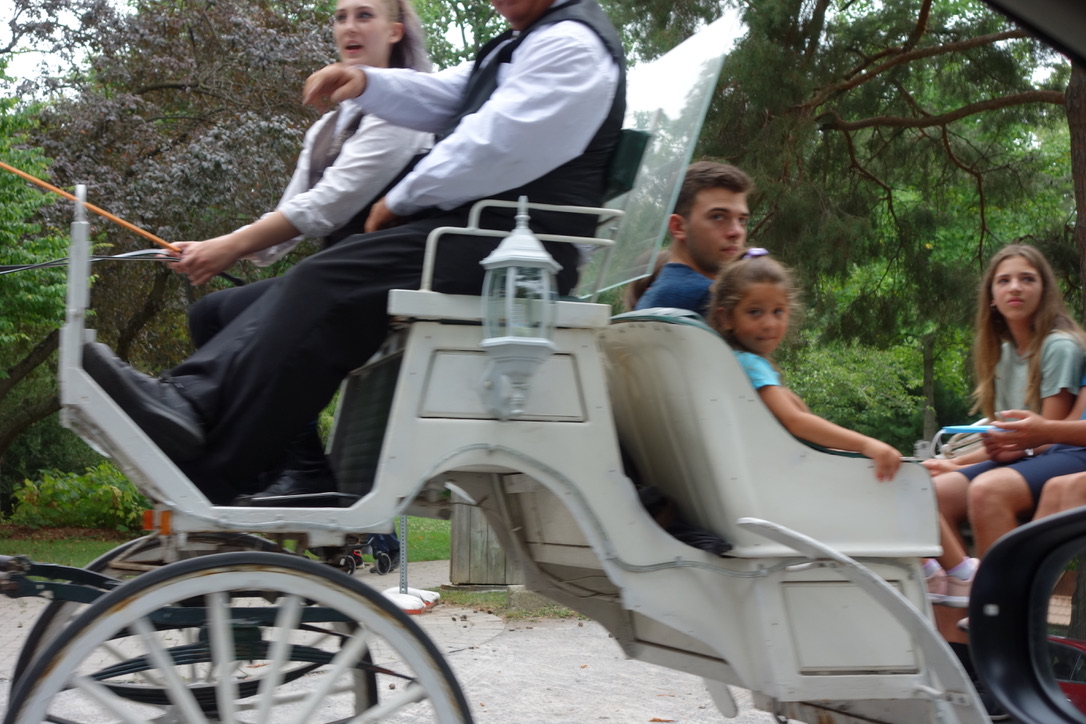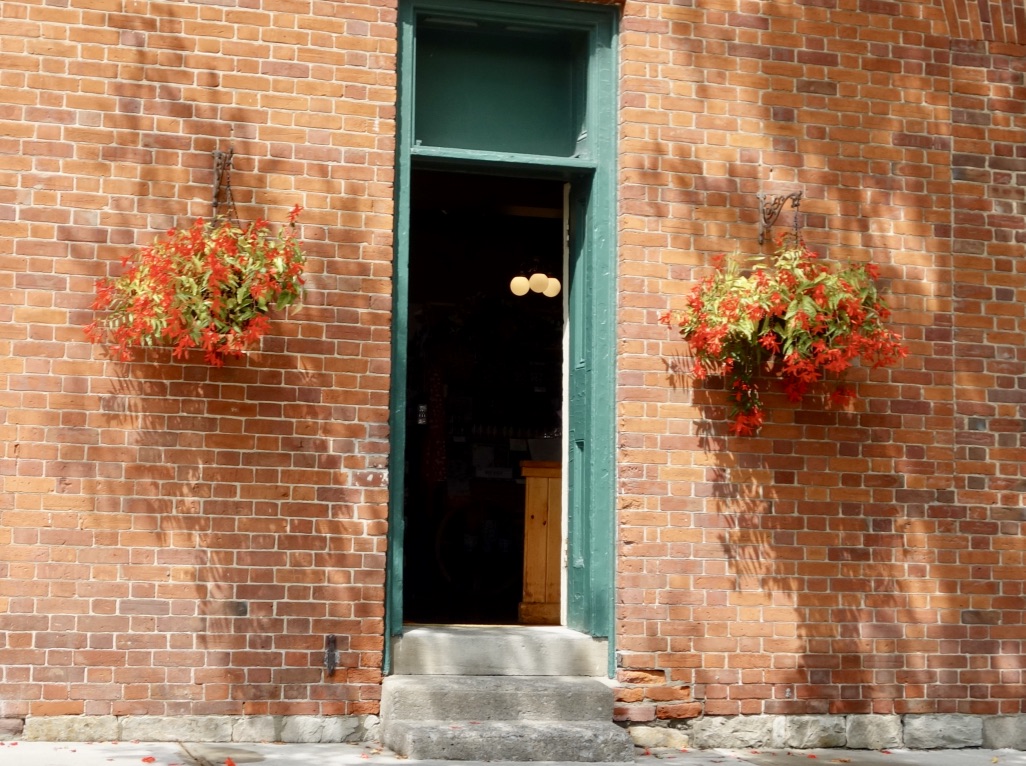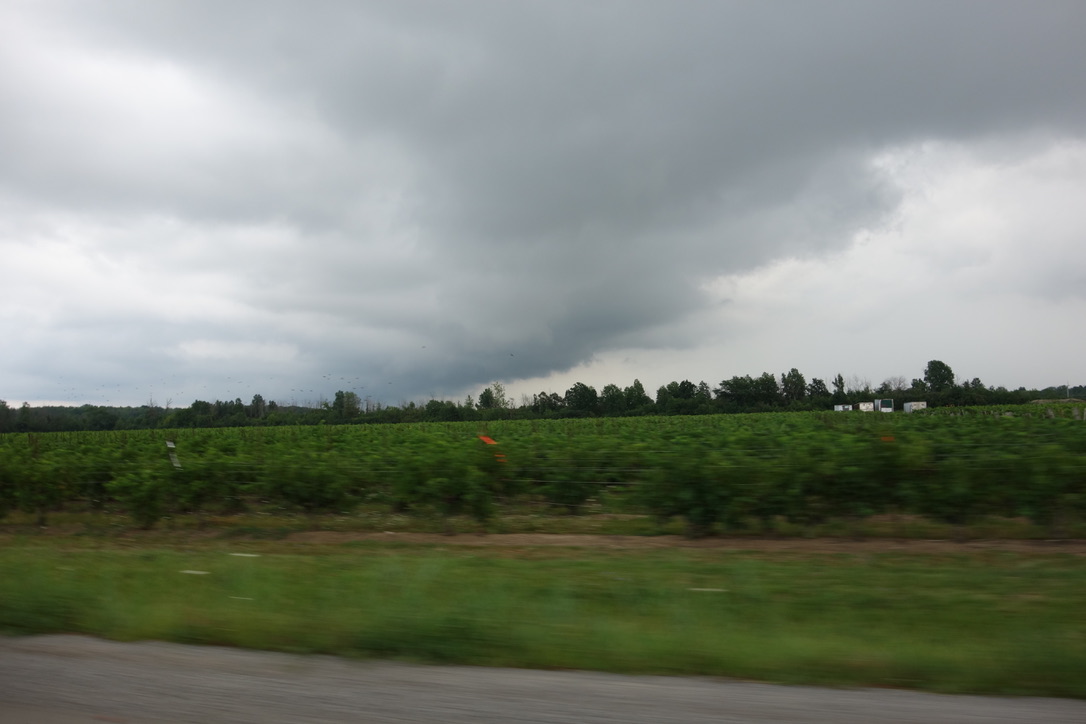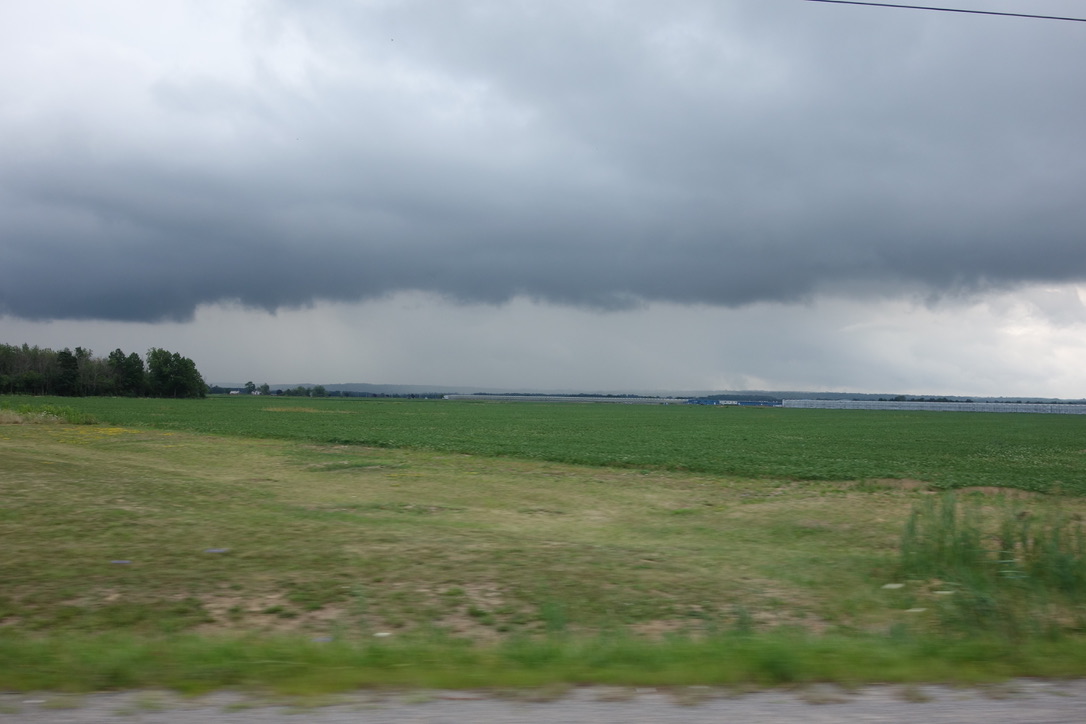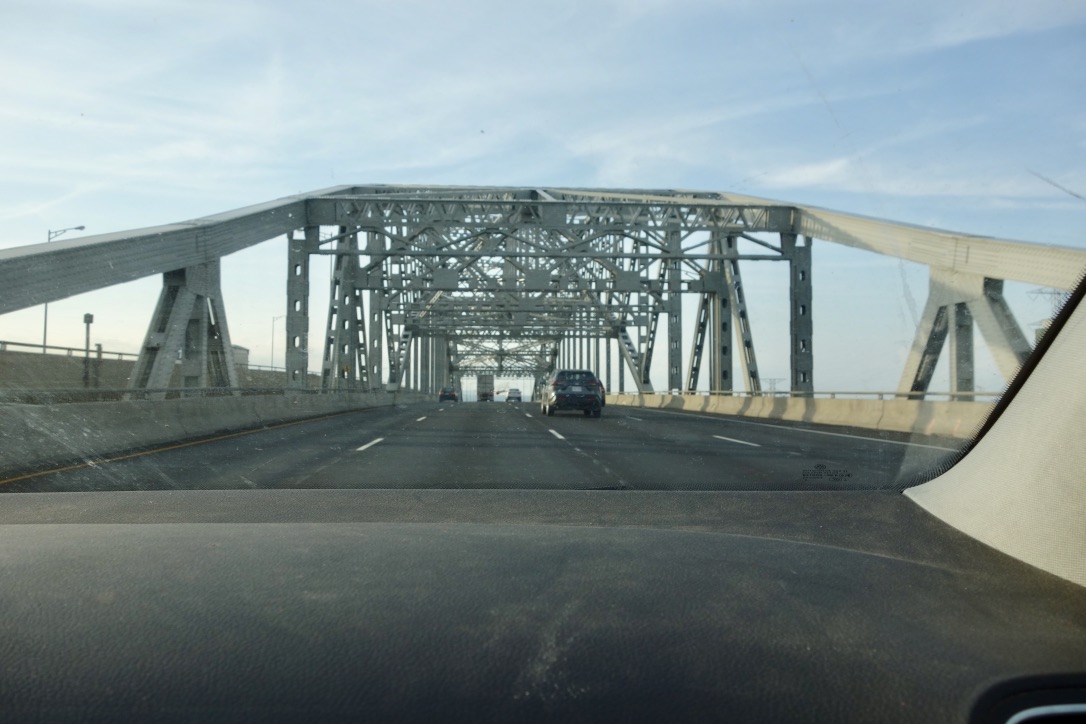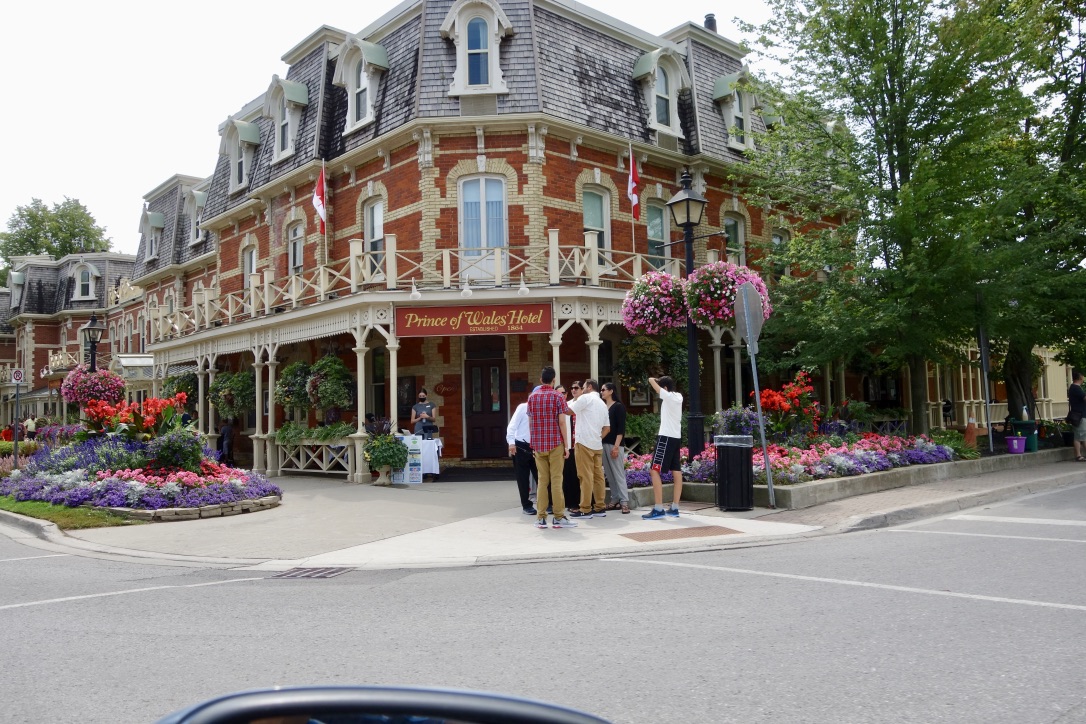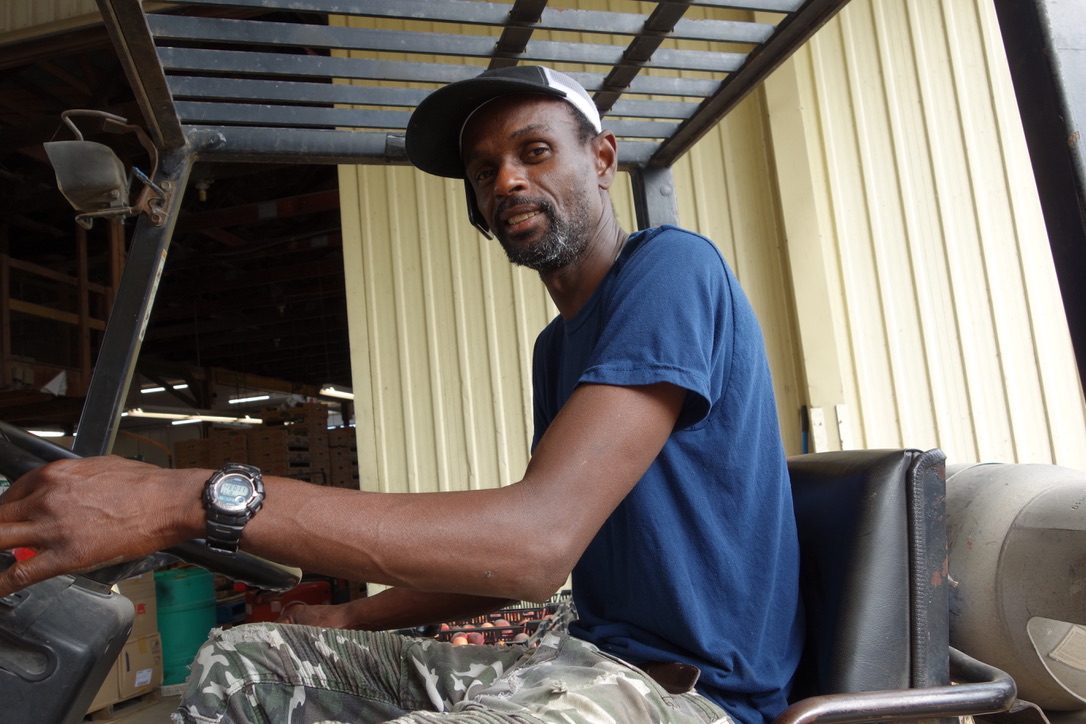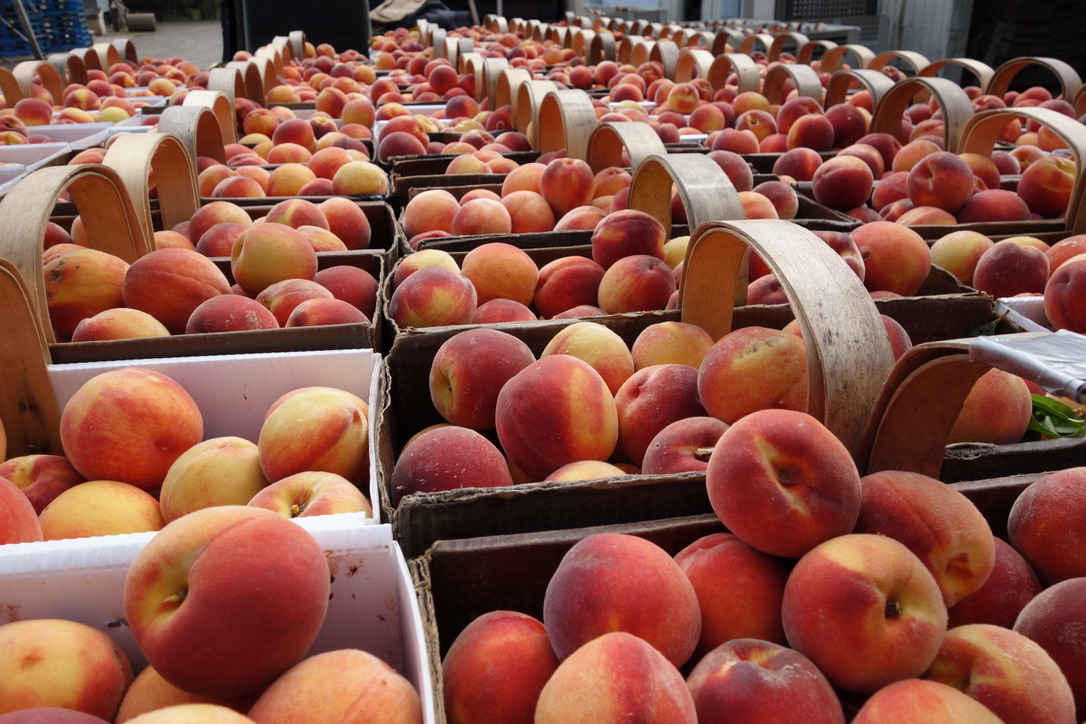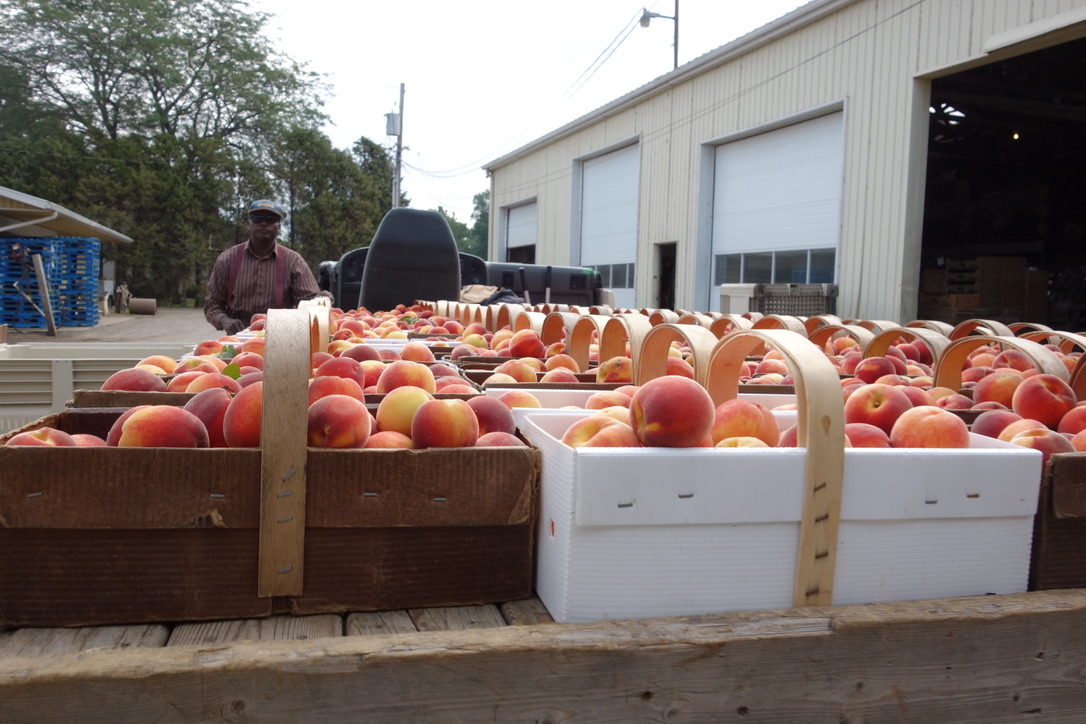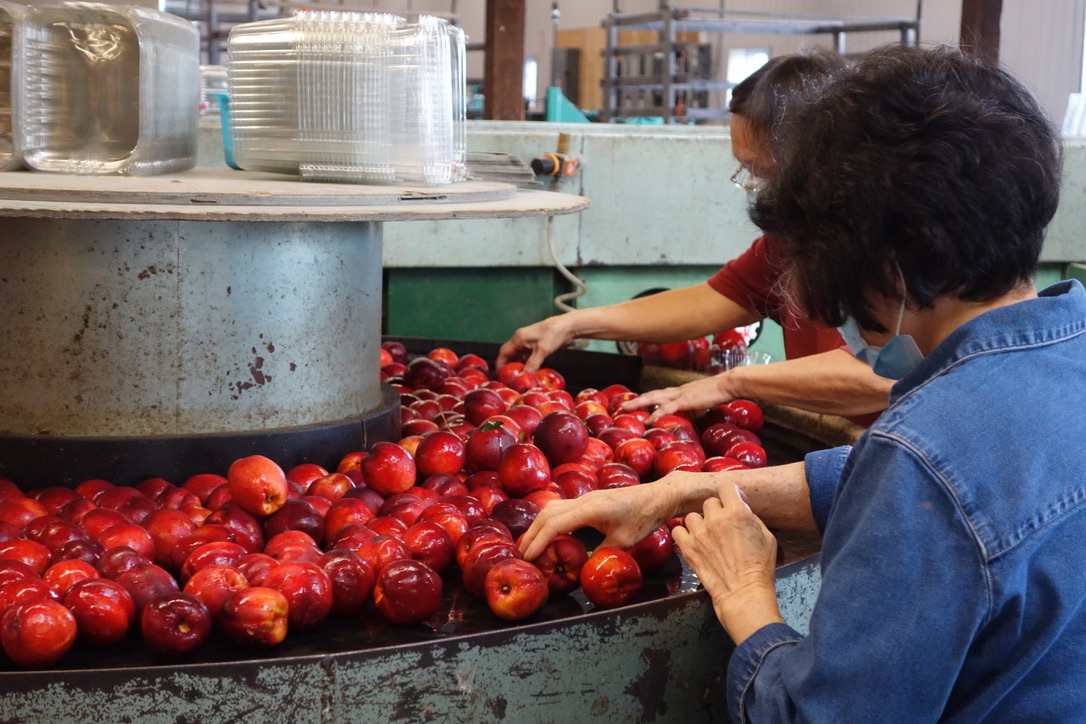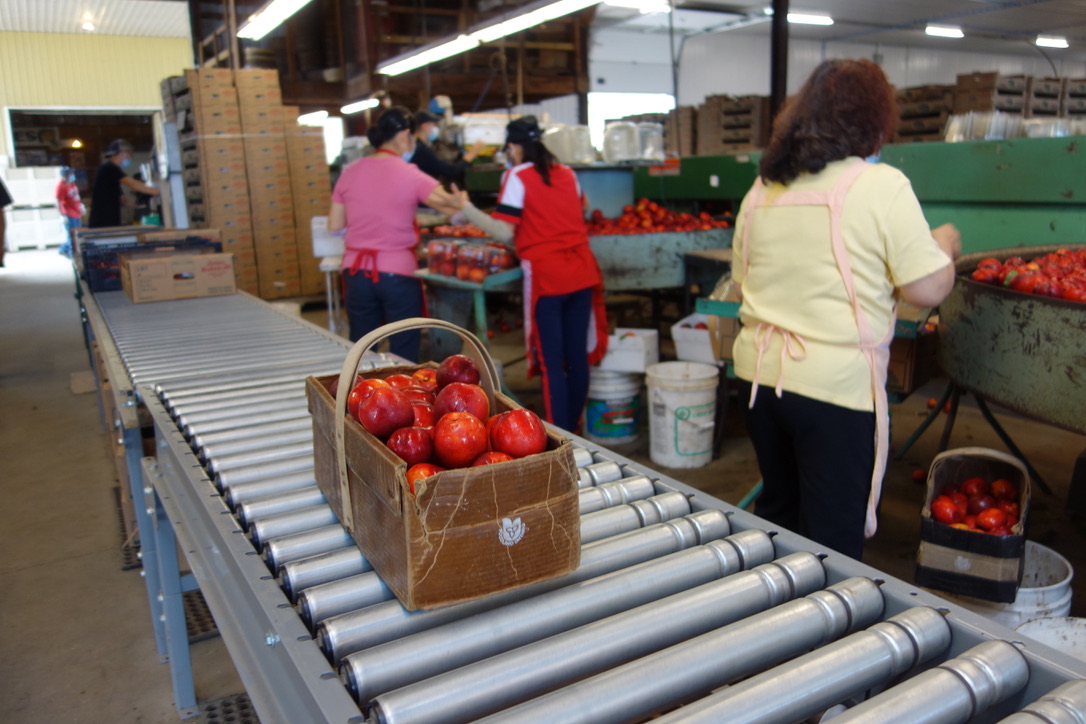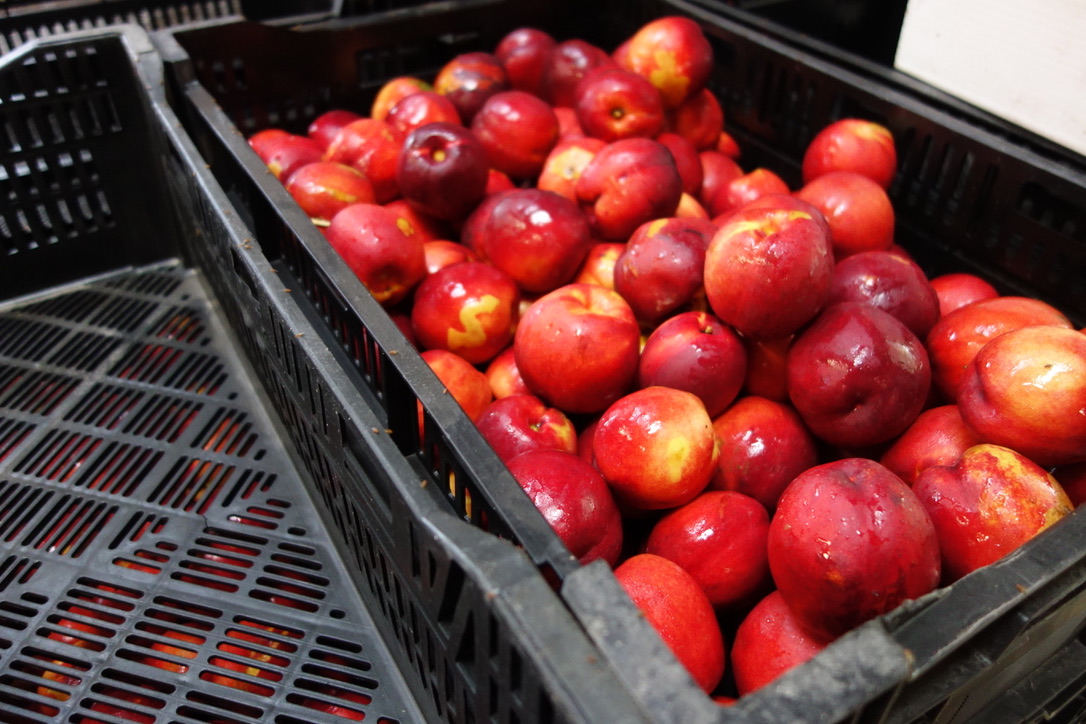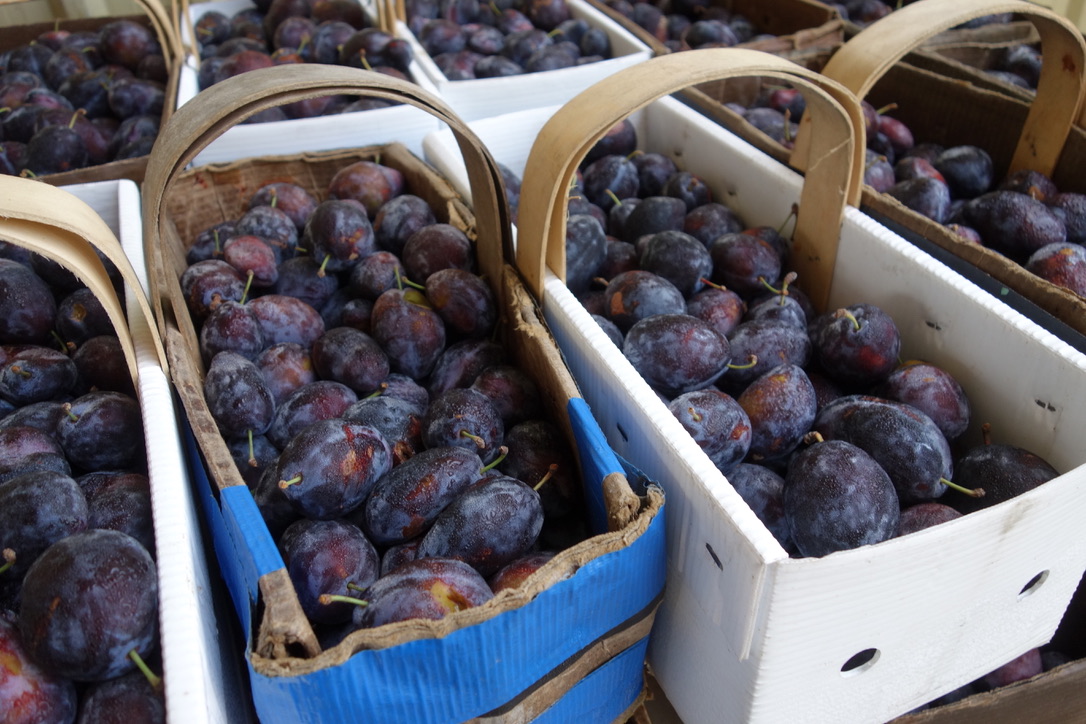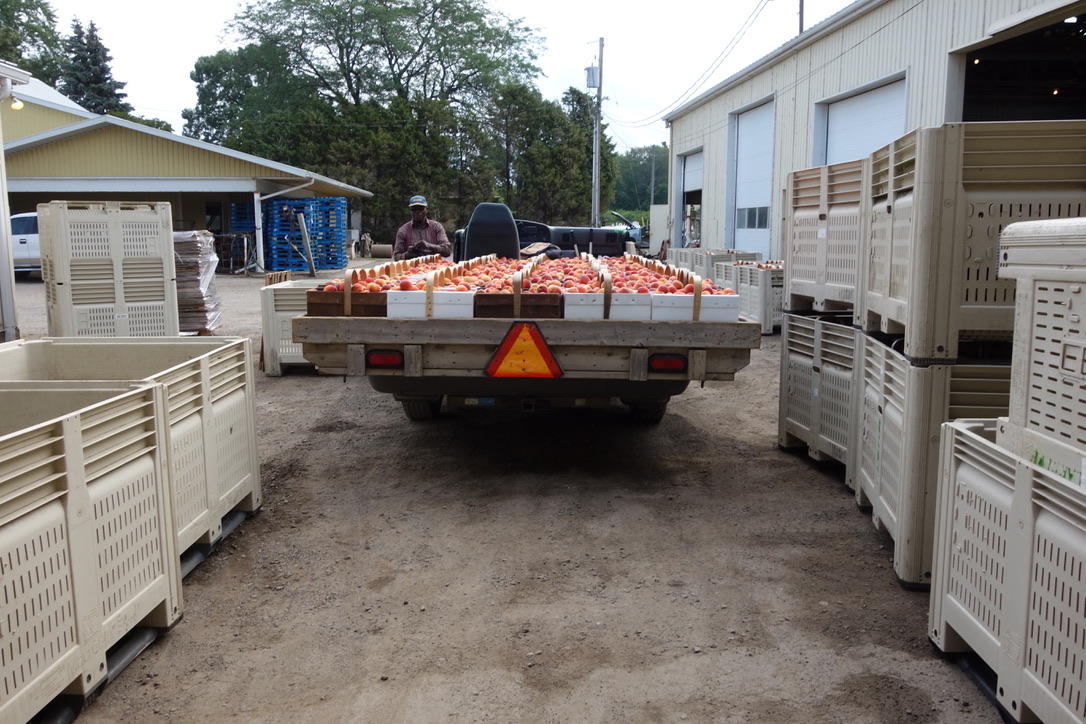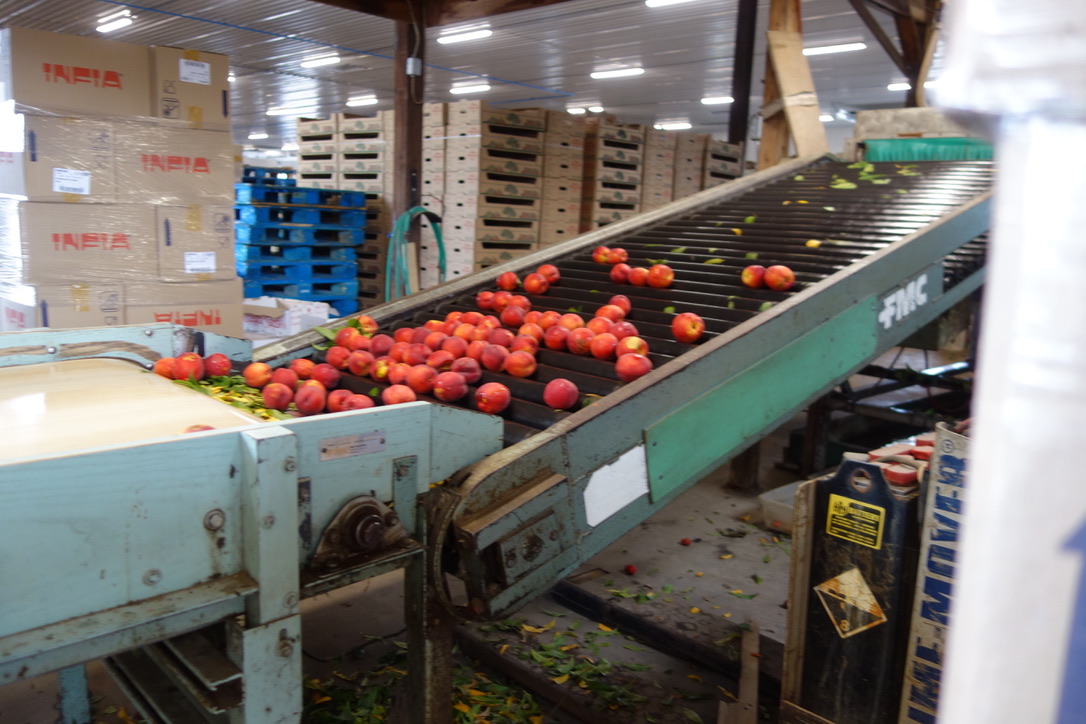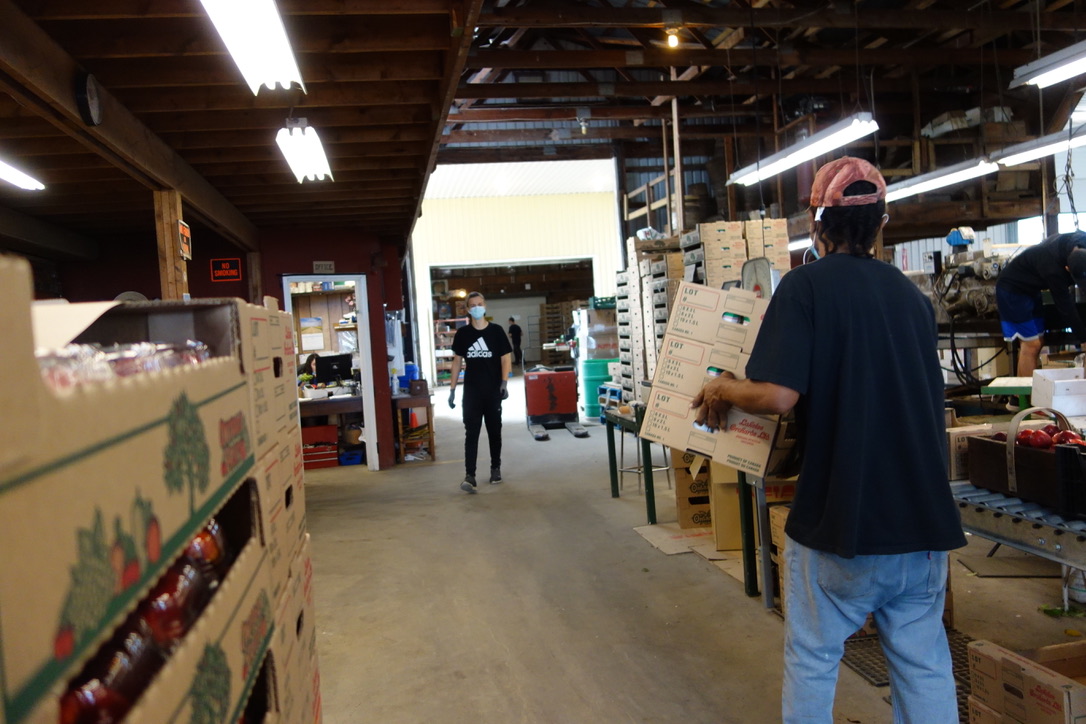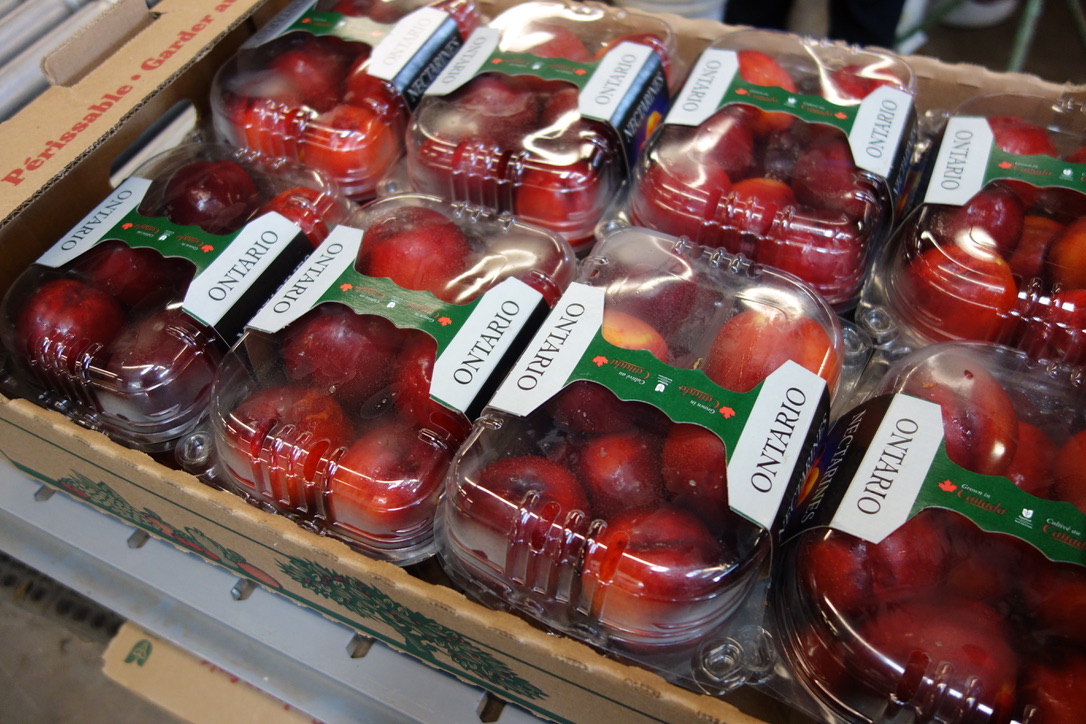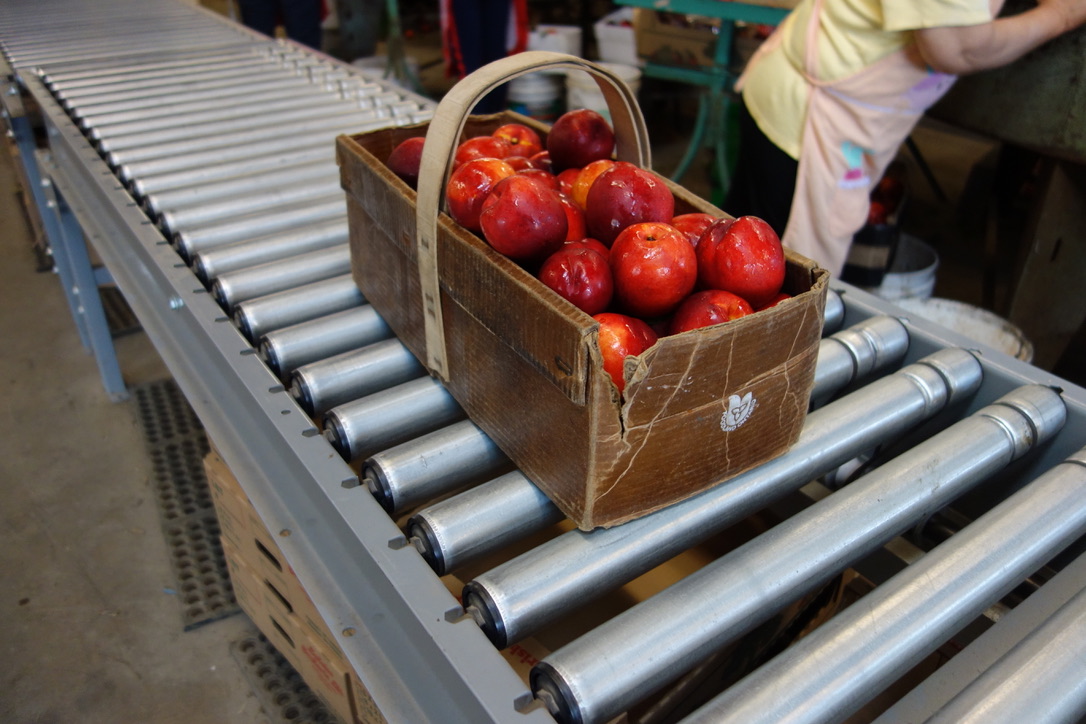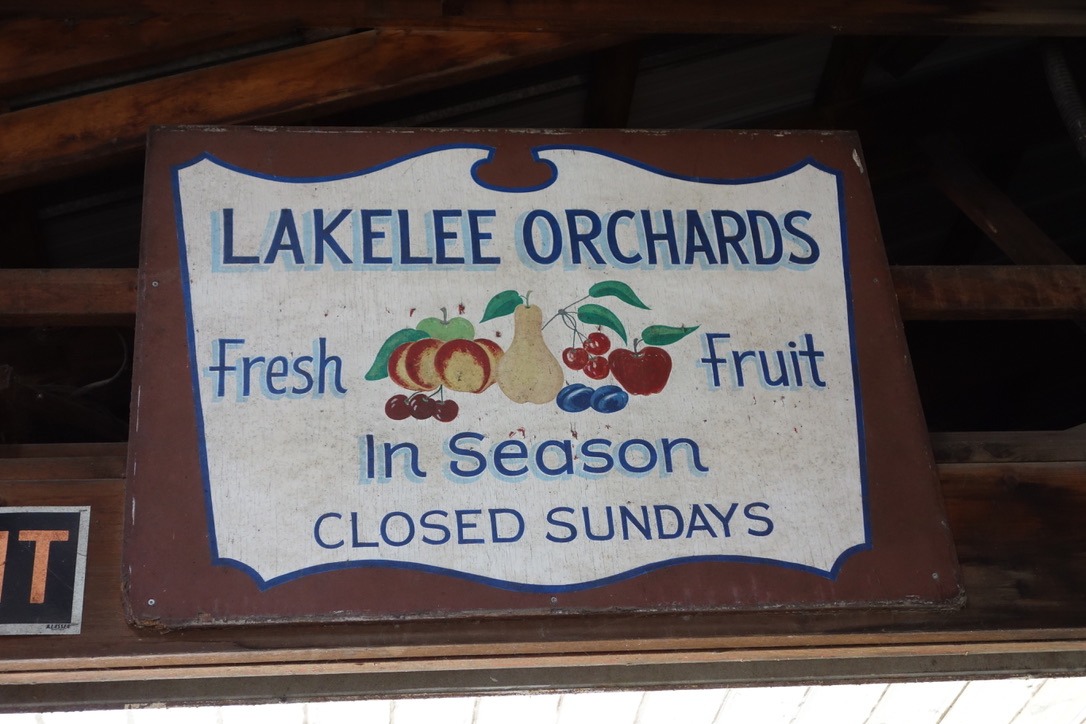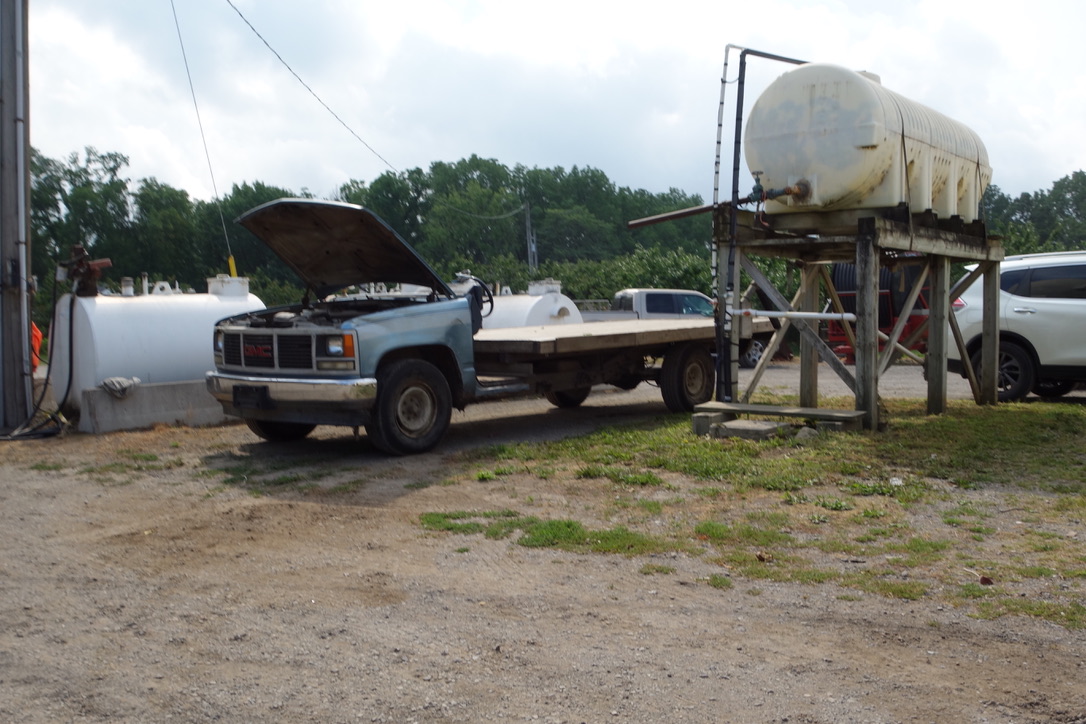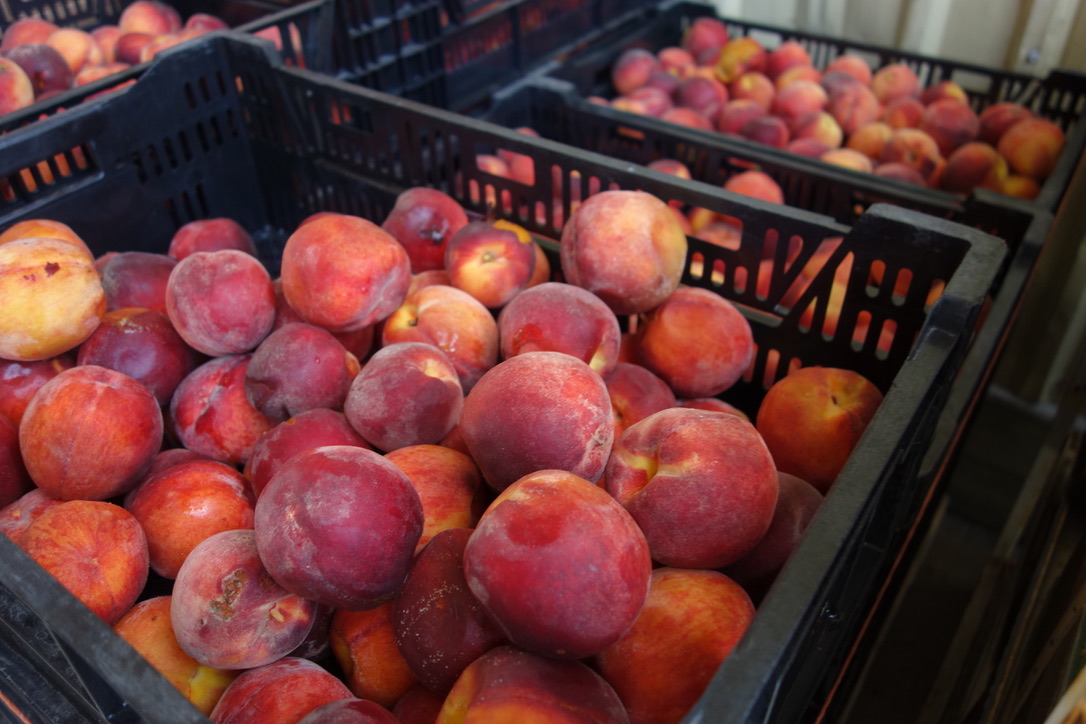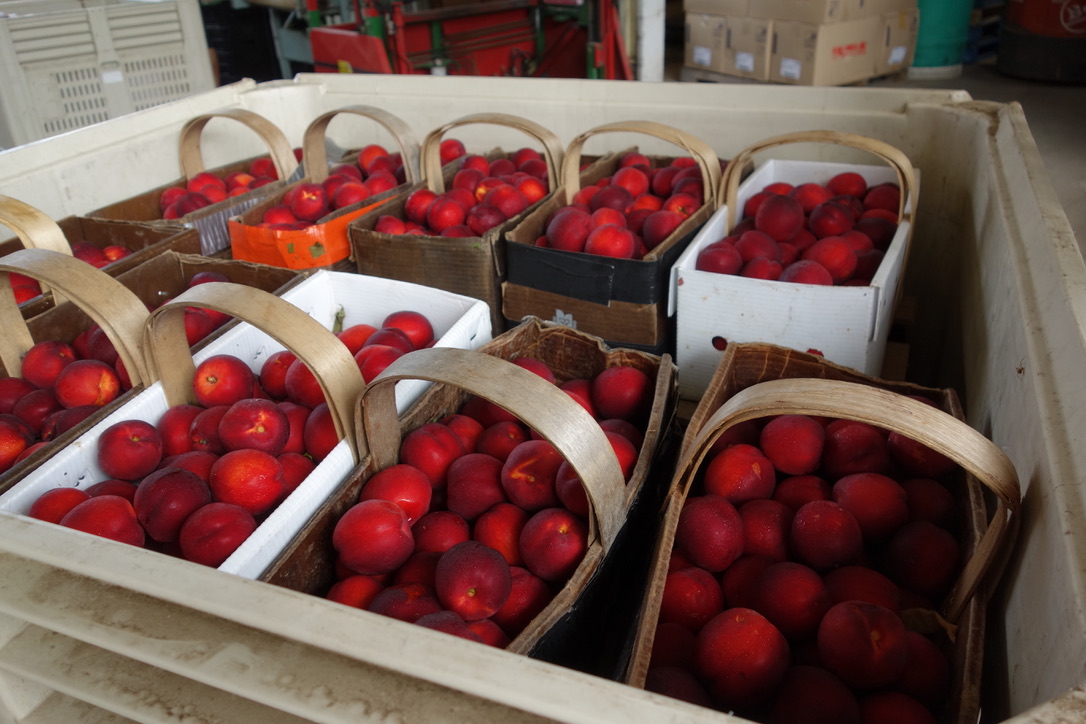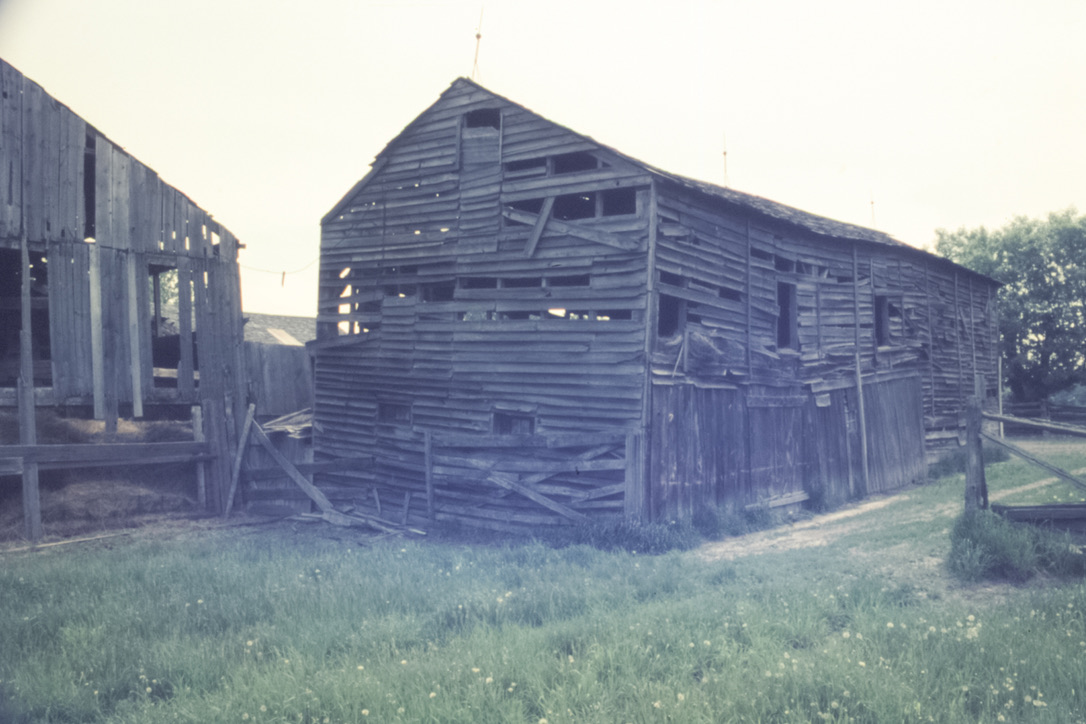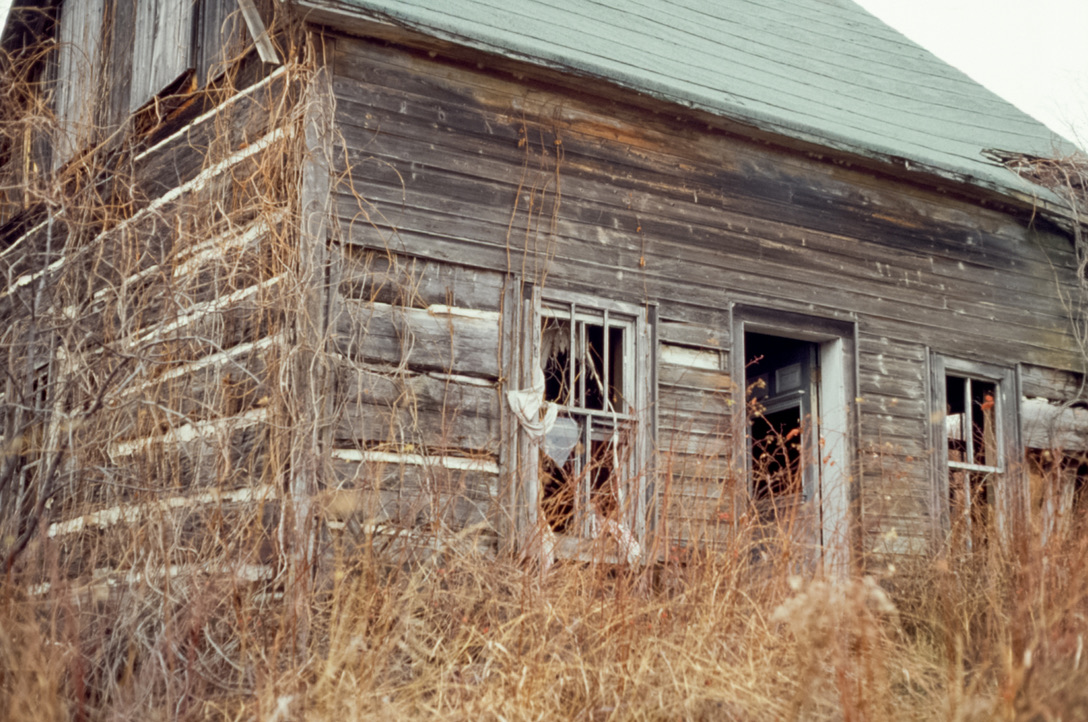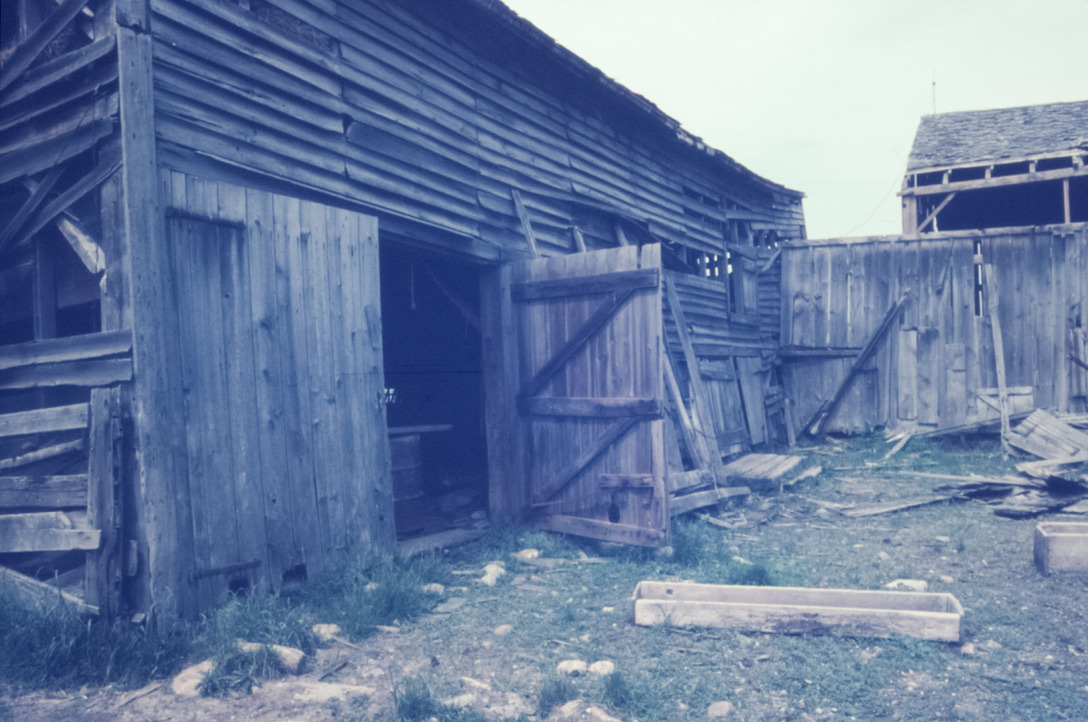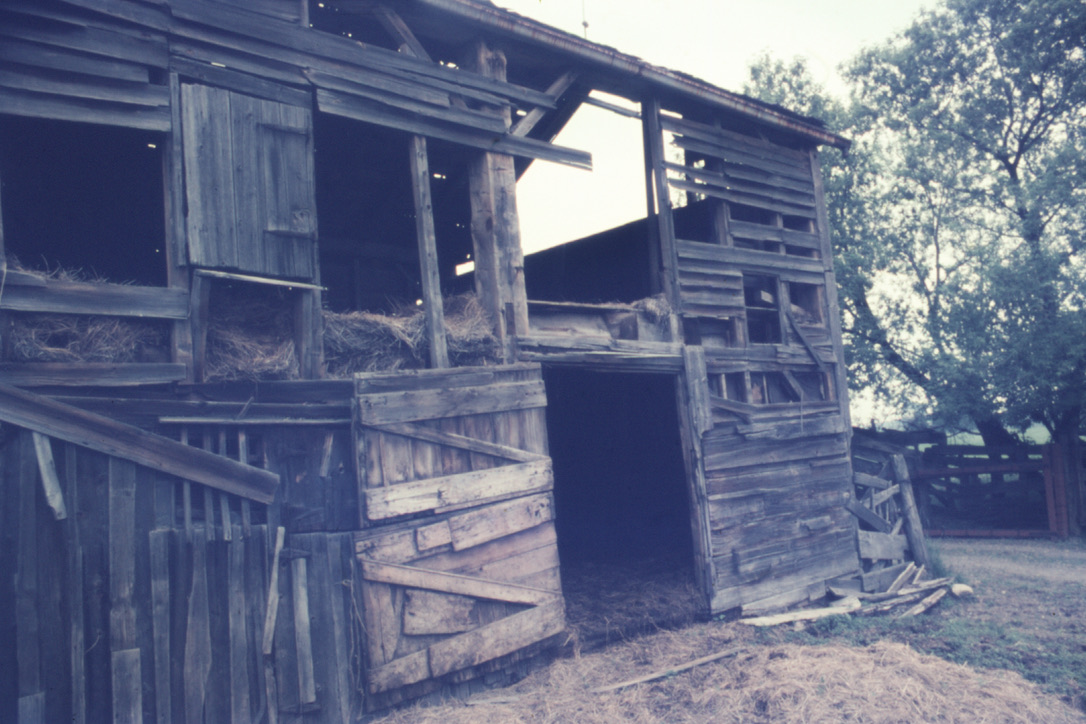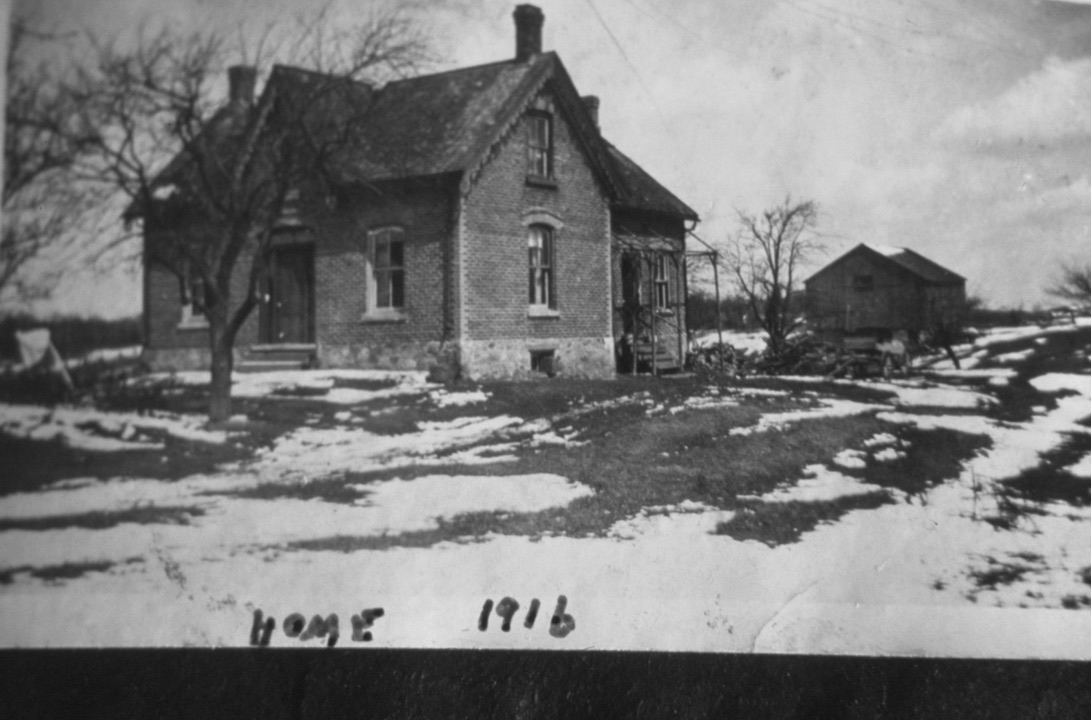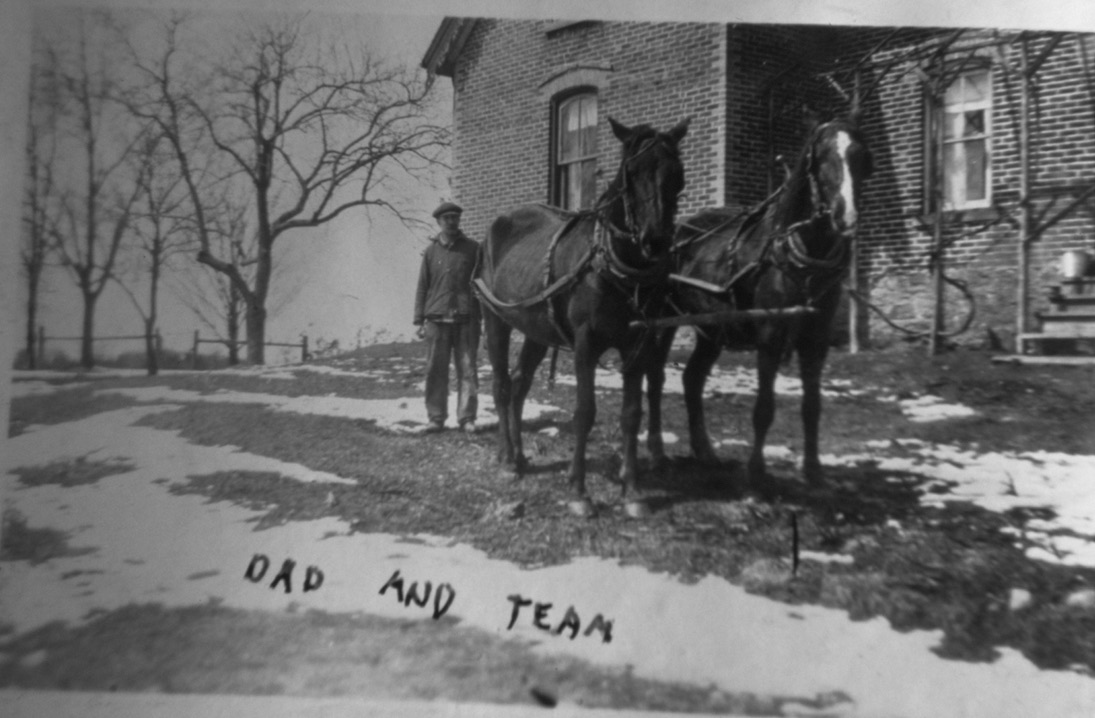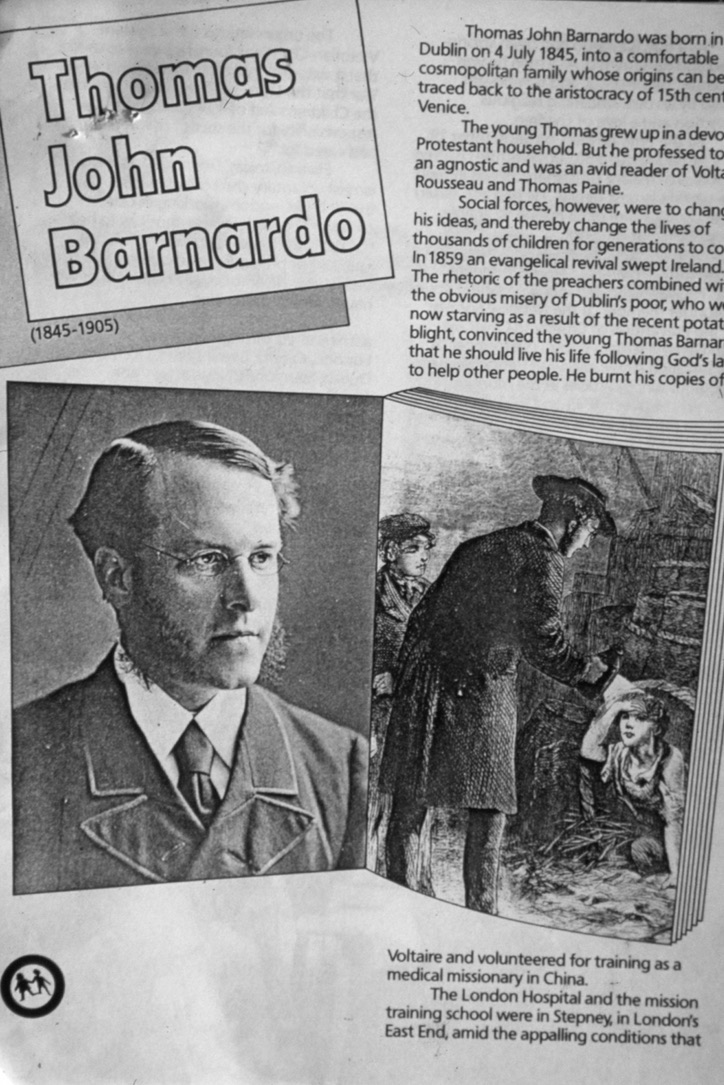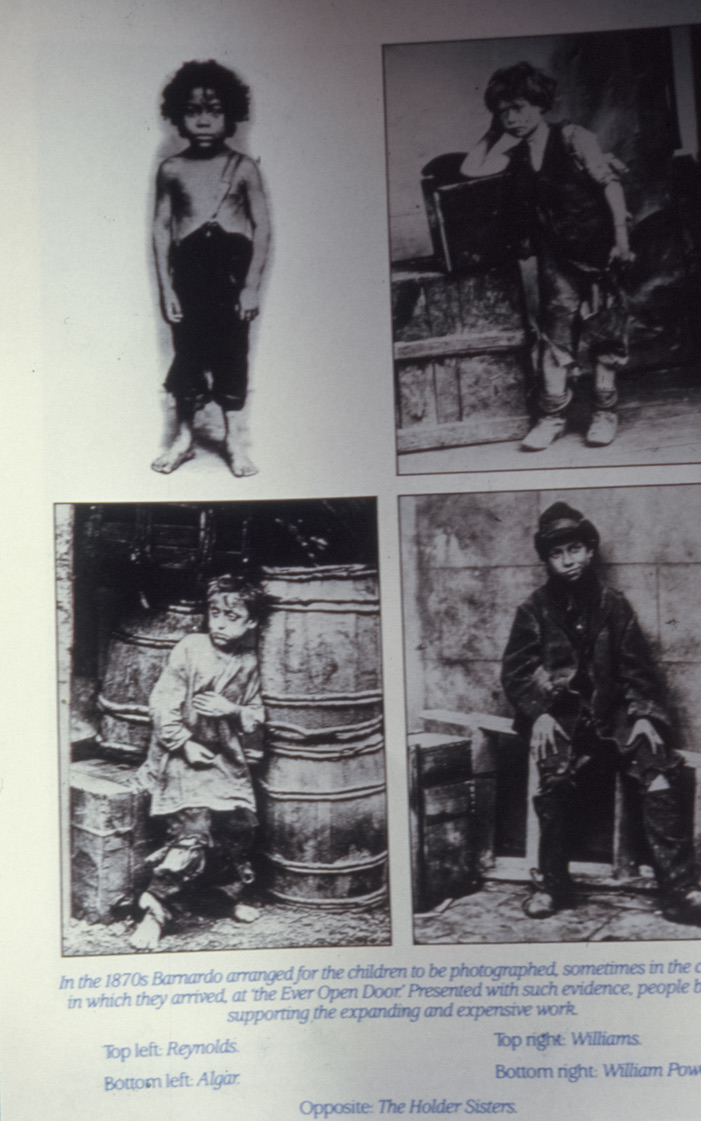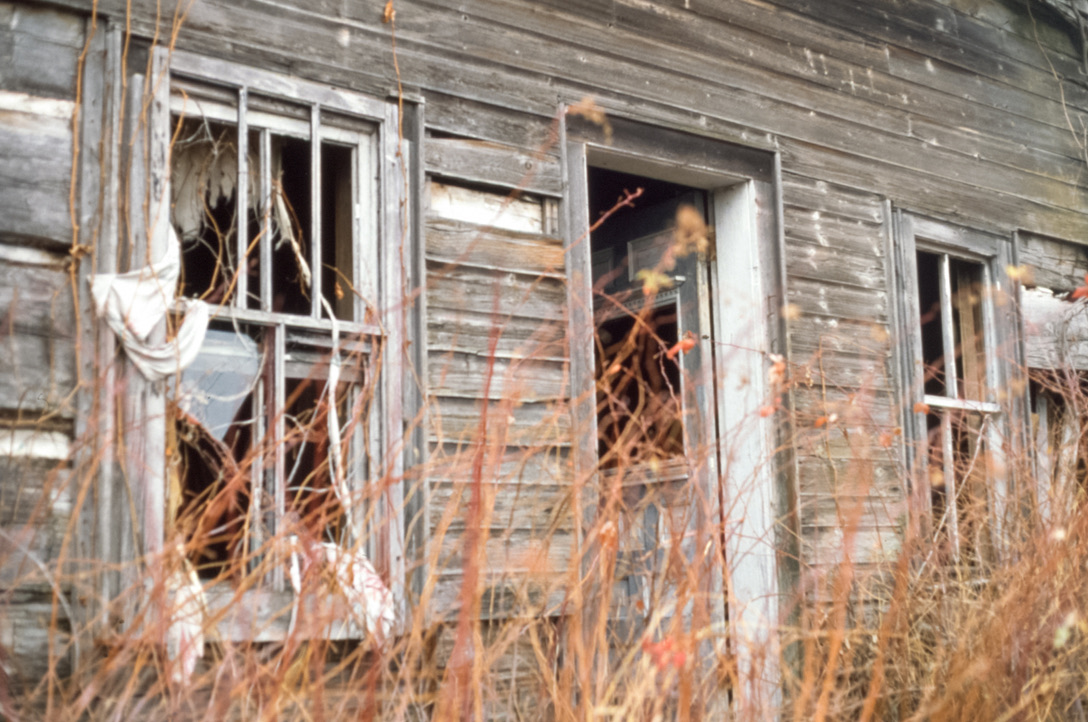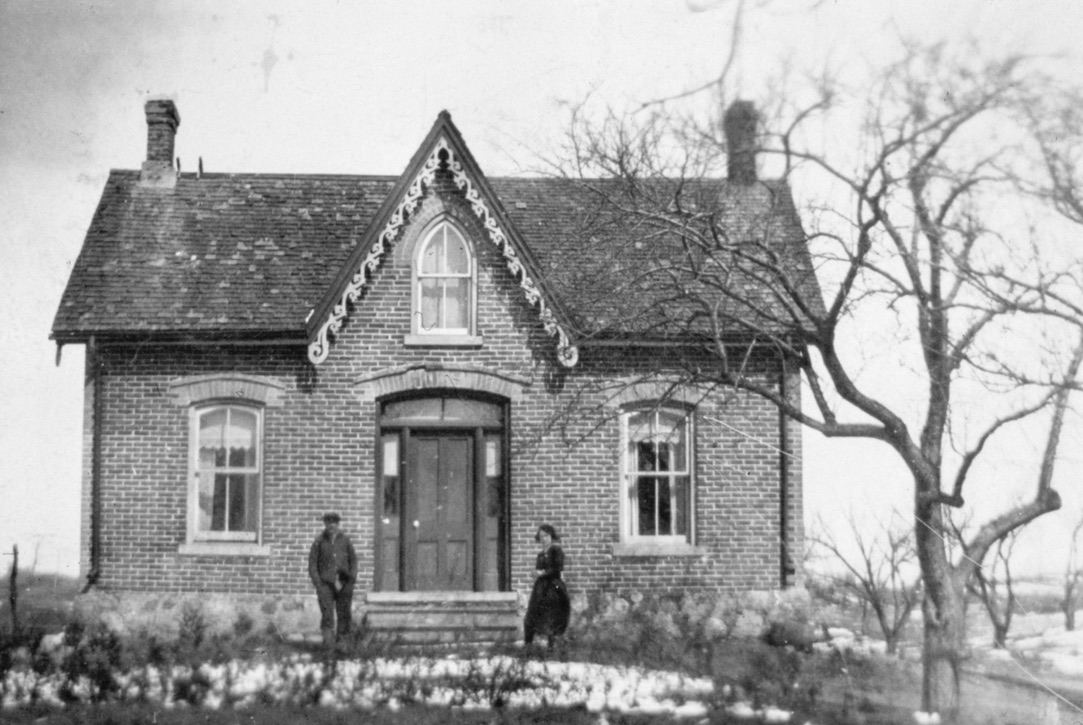EPISODE 401 THE SHORT AND HORRIFIC LIFE OF GEORGE EVERITT GREEN, HOME CHILD , PART FIVE
alan skeoch
august 2021
THIS WILL BE MY CONCLUSION OF THE STORY. THE FULL STORY OF GEORGE EVERITT GREEN’S LIFE
AND DEATH IS MENTIONED OFTEN BY BOOKS AND ARTICLES ON THE HOME CHILDREN (BARNARDO CHILDREN)
NEVER, IN MY EXPERIENCE, HAVE DETAILS OF THIS TRIAL BEEN USED.
I HAVE EDITED THE TRIAL RECORDS SLIGHTLY.
SOME FINAL WITNESSES
MR. MCKINLEY, sworn and examined by Mr. Mackay
Did you know the boy George Green?
Yes
Did you see him when you were sewing grass seed.
I did not see him.
Did you hear him?
Yes.
Doing what?
First he was calling the cows, then he semed to go back to the house and then I heard Miss Findlay scolding
and then I heard blows and the boy crying.
How many blows?
Several…five or six
Followed by what?
Crying
You could not see them?
They were at the other side of the house…fully 80 rods away.
Would the blows necessarily be very severe to enable you to hear them 80 rods away?
They would have been.
Do you remember pulling peas?
We were busy pulling peas and I heard Miss Findlay start to scold and I heard blows again.
Ordinary scolding?
Swearing…and I heard the blows again and the boy crying same as before.
What were the blows on the first occasion like? Slaps of the fist? What did they sound like?
Like as if you were chastising a horse with a stick or rope..
Can you give me another date?
Well on or about the last of October we were busy digging potatoes and I heard a boy calling
the cattle. Then the boy did something that displeased Miss Findlay. She told him she would knock his damn white head off.
About the 30th of october i went to lay up a prop in the line fence and heard the racket start again and
hurried over to see what was going ron, I heard her punishing the boy and heard him crying and
I hurried over to where I could see. I seen her coming out of the place where she kept her buggy and
I could hear him crying in there and after a while I heard him begin as if he was splitting wood, That is
the time I heard the blows and heard him crying,,,then on the 6th of November…
How do you place the date?
I keep a journal
Do you know what you were doing on 6th of November?
Digging potatoes . I heard Miss Findlay say “Get up and get in there.”
How far away would you be?
At my own house—about 80 rods distant and I looked over and I seen her
trailing him up the steps. She had him by the hands and had him on his back.
By both hands and she was dragging him up head foremost.
Yes.
CROSS EXAMINED BY MR. TUCKER
You Never saw her strike him during any of the three occasions,?
A blow that would be heard at 80 rods would be sufficient to fell an ox.
If you hit hard enough I suppose.
A blow heard 80 rods away would crush anything?
You knew she had a black colt?
Yes
And you knew the black colt was in the habit of chasing the boy?
No, sir.
Didn’t you ever see it?
No, sir, I seen him holding the horse in the field and never saw it offer to touch him.
If she struck the black colt at that time instead of the boy that would account for the sound?
That would not make the boy cry.
If the colt were chasing the boy he would cry. He was simple in the head?
A little simple perhaps.
And is it not a fact that he had some kind of impediment in his windpipe so he made a noise when he breathed.
I could not say. I didn’t hear the noise when I was talking to him.
You never went to complain to Miss Findlay ?
NO,sir.
Mr, Mackay seemed to get worried. Mr. Tucker defended Rose Findlay by creating doubt.
Was it a horse she hit and not ‘George Green? Was George simple minded?
Did he have a voice impediment?
MR. MACKAY
How would Miss Findlay react if you had interfered?
She would have ordered me off the place.
(In fact she did order the McKinley’s off her farm)
Is there anything at all plausible about the theory that the woman struck the black colt?
No, sir. The Findlays would not strike a colt.
NOTE TO READERS IN 2021: THERE WERE MANY MORE WITNESSES CALLED TO TESTIFY IN 1895
MOST OF WHOM I HAVE IN MY ORIGINAL MANUSCRIPT. TOO MANY. SO LET ME END THIS HORRIFIC
STORY WITH THE TESTIMONIES OF TWO 12 YEAR OLD CHILDREN WHO WORKED FOR MISS FINDLAY
WHILE GEORGE GREEN WAS STILL ALIVE
ALEXANDER GILCHRIST, JUNIOR
Did you know George Green?
yes
Did you ever have any conversation with Miss Findlay as to how she used him?
When she was doing the harvest she told me she got down off her load and gave him two bootings. She also told
me she threatened she would shove the pitch fork through him.
Did you see anything yourself?
No
CONCLUSION: ONLY READ THIS IF YOU HAVE NERVES OF STEEL
THE EYE WITNESS TESTIMONY OF
MARY BROWN WHO WORKED ON THE FINDLAY FARM THE SUMMER OF 1895
How old are you Mary?
Twelve
Were you there at Miss Findlay’s along until the boy died?
Yes, sir.
Can you tell me how Miss Findlay used the boy while you were there? What did you see her do?
I saw her kicking him around and I saw her taking an axe handle to him.
How do you mean she used to kick him, was it an easy or hard kick?
Sometimes she used to kick him hard.
Did he ever cry?
Yes
She used to kick him five or six times.
You mentioned an axe handle, where was that used?
We were unloading wood.
I was on the top of the load with George Green when she struck him with an axe handle on the back.
Just once?
No, she struck him two or three times then she would stop and he would throw a piece of wood down and if he
didn’t throw it in the right place she would strike him again.
Hard? How did she hold the axe handle?
She took it at the bottom of the axe handle and fetched it right down on his back between the shoulders.
How high did she raise it?
Over the shoulder
Did the boy cry?
Yes.
Did she strike him with anything else other an axe handle?
Yes, a pitch fork.
What part of the pitchfork?
With prongs of the fork.
Where?
Between the shoulders on the back.
How did she hold the fork?
Just by the handle. Two hands, She raised it up and hit him on the back with it. Hard.
What did he say? Did he refuse to work?
No. He was working only not fast enough for her.
Was he in the habit of giving her impudence or refusing to do what he was told?
No sir. He was quiet. He would never speak unless spoken to.
She was often striking him in the field and threatening to run the fork through him if he didn’t hurry up
Tell me now if you ever saw her strike him with anything else?
She struck him with the broom handle and broke it.
Where was this?
I didn’t see it as I was in the bedroom but she told me se broke the broom over his back.
You heard him yelling…crying?
He just cried hard.
Anything else?
We were unloading wood and a stick he threw bounced and hit my shoulder . She jumped off the rig
and started pounding him with her fist. Then she took off her rubber boot and was pounding him with that.
Do you remember an incident around the pump?
Yes But I was not there. She told me she hit him with her slipper and a naIL cut his head.
You saw his head bleed?
Yes.
Was he crying
Not when I got there but he might have been crying.
Was there any other occasion that you recollect?
Yes, with a table fork. I was outside the door when she struck him with the table fork.
There was blood on his cheek when he came out. The fork was lying there broken.’
I never saw it broke until she struck him. Blood was running down his cheek when I went in.
She never said anything about it.
You were in his bedroom from time to time throughout the three months you were there?
Yes
Did you ever make George’s bed up?
No sir.
Did you ever know her to make it up?
No sir.
Do you recollect anything being the matter with George before he took sick in bed? Take
his fingers for instance.
As far as I know his fingers got sore when the first snow came.
It would be a month or so ago
What do you mean by his fingers got sore?
The skin all came off.
From the first joints to the points?
Yes.
What about his nails.?
Well I saw one of his nails come off when we were splitting kindling wood.
Did you ever see Miss Findlay take him into the house?
I saw Miss Findlay dragging him up the steps a week before he died.
How did she drag him?
Well, I thought she took him by the collar
The week that he was sick…the week he died?
Was there ever a doctor called?
No sir
Who took care of him? What did you ever do for him? How often did you take water to him to wash
during the time that he was sick?
I never took it unless Miss Findlay did.
Did you ever see Miss Findlay take water up to him while he was sick?
No only the Saturday morning he died.
What did she do that morning or did she do anything? Was he changed from one room to another?
Yes , she changed his room Saturday morning.
Where did she go that day?
Owen Sound
What time did she get back?
About 9 0’clock
What time did she leave?
About 12 o’clock (noon)
What was the boy doing?
He was moaning…could not speak.
Was that bed made up or changed during the week he was sick?
Not that I saw. It was dirty all week.
I believe he dirtied it himself?
Yes
Do you know if Miss Findlay supplied him with a crock as a toilet?
One chamber pot broke Replaced with a pail. Not emptied.
Can you tell me whether the boy was dead when Miss Findlay got home at nine o’clock Saturday?
Did she go up to see him?
After she got warmed she went upstairs She said he was was either dead or dying and she didn’t know which.
Then she went out to tend the cattle then came in again and made herself a cup of tea and went to bed.
Did you sleep with her?
Yes.
Did she get up again that you know of?
No sir
When did she learn that he was dead?
When she went up in the morning she said he was stiff.
Did you see him”
Yes.
Were his eyes closed?
No
Was his mouth closed?
No.
Both open?
Yes.
You gave evidence at the Coroner’s inquest in Big Bay, didn’t you?
Yes
Did you tell the same story at the inquest you are telling now?
No sir.
You didn’t tell the same story, why?
Miss Findlay scared me.
NOTE: Fear is the enemy of truth. Mary Brown, a 12 year old farm labourer spent the summer of 1895 watching
the abuse and terrible death of George Everett Green. Mary Brown was afraid of Rose Findlay. They shared the
same bed. She saw the violence Miss Findlay directed to the boy. With great courage and no doubt, careful
priming by Mr Mackay, Mary Brown explained why her evidence in Owen Sound contradicted her statement in
Big Bay.
MARY BROWN
MISS Findlay told me that I was to tell that she didn’t abuse the boy, or didn’t kick him around and them bruises was
from him falling down.
Were you or were you not afraid of Miss Findlay ?
Yes.
Do you remember when she was arrested, when Mr. Pearce came for her?
Yes, I remember when he came. She told me I was to tell the same thing as I told in Big Bay.
CONCLUSION
I HAVE DECIDED TO END THESE EPISODES ABOUT GEORGE GREEN WITH THE TESTIMONY
OF MARY BROWN WHO, YOU WILL REMEMBER, WAS ONLY 12 YEARS OLD IN THAT TERRIBLE
SUMMER AND FALL OF 1895. MUCH MORE COULD BE SAID. LIKE THE CONDITION OF GEORGE
GREEN’S BED IN THE WEEK HE DIED. THE BED WAS ‘IMPROVED’ ONCE BY THE ADDITION
OF DIRTY STRAW FROM THE STABLE. GEORGE GREEN’S CLOTHING WAS FILTHY BUT
HE HAD NO OTHER CLOTHES. THE BODY OF GEORGE GREEN WAS FOUND CURLED UP
IN A NEST OF DIRTY STRAW . FOULED BY GEORGE AS HE LAY DYING.
THIS TESTIMONY STARTLED MANY CANADIANS AS THE TRIAL PROCEEDINGS WERE REPORTED
BY NEWSPAPERS ACROSS CANADA.
MARY BROWN’S TESTIMONY IS MUCH LONGER THAN I HAVE QUOTED BUT I THINK
READERS HAVE HAD ENOUGH OF THIS HORROR.
THE JURY COULD NOT AGREE. A hung jury. THE PREJUDICE AGAINST HOME CHILDREN
WAS SO PREVALENT THAT EVEN THE TERRIBLE TREATMENT OF GEORGE
GREEN COULD NOT PERSUADE SOME JURY MEMBERS TO CONVICT
ROSE FINDLAY OF MURDER.
IN A SUBSEQUENT TRIAL SHE SEEMS TO HAVE BEEN CONVICTED OF A LESSER
CHARGE…PERHAPS CHILD ABUSE…AND SENT TO THE MERCER
PRISON FOR WOMEN IN TORONTO…FOR A YEAR.
alan skeoch
august 2021
PICTURES BELOW ARE NOT FROM THE GEORGE GREEN STORY. BUT THESE
PICTURES REINFORCE ELEMENTS OF THE STORY.



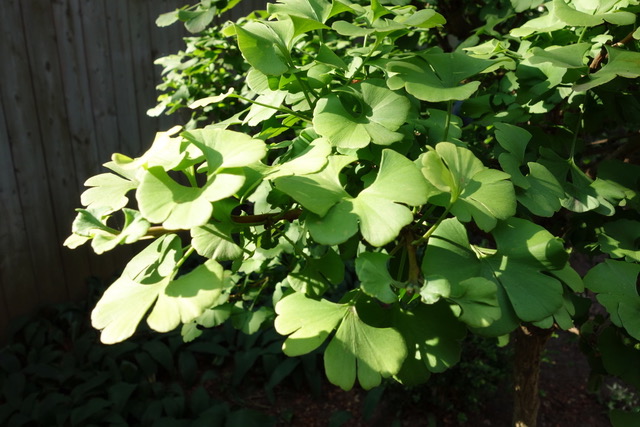


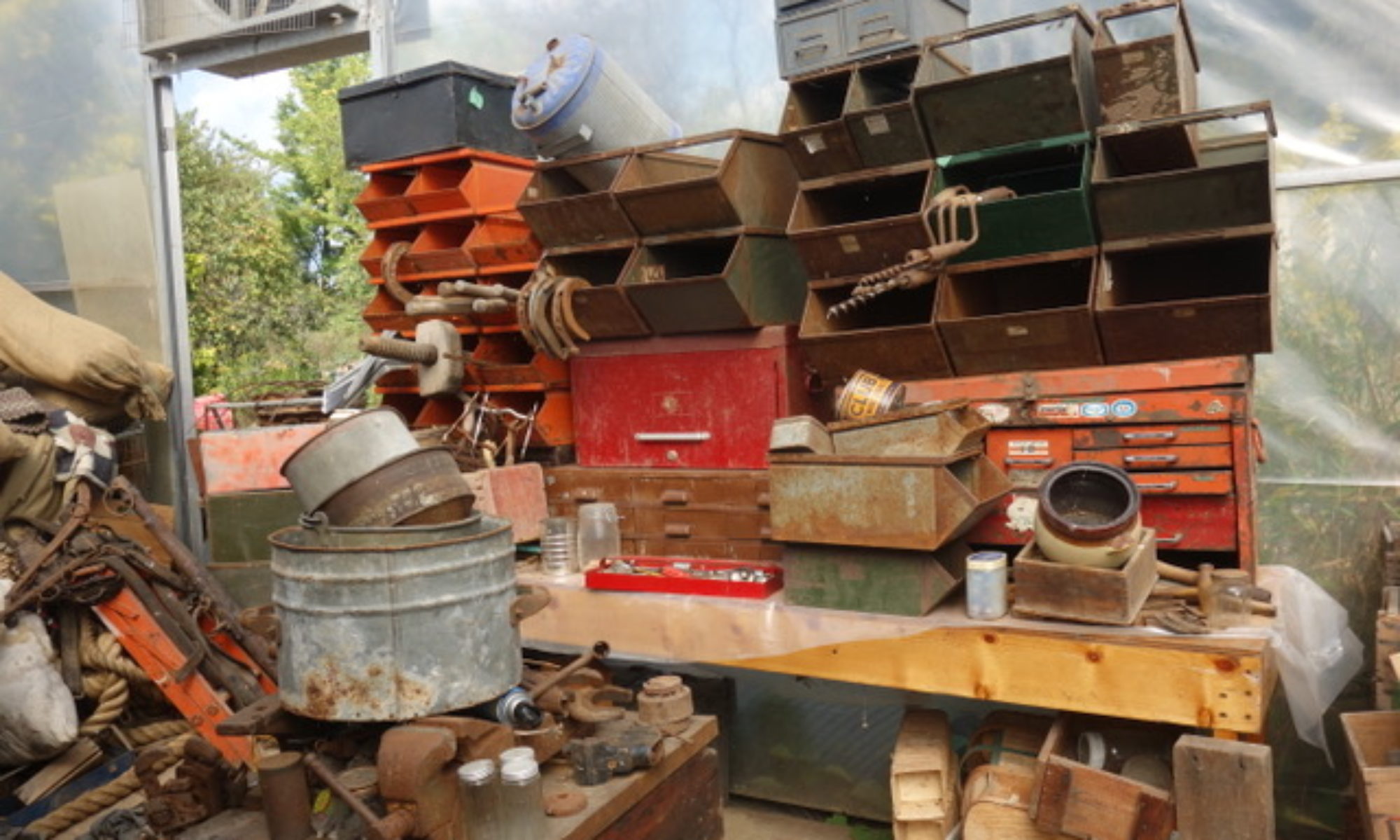









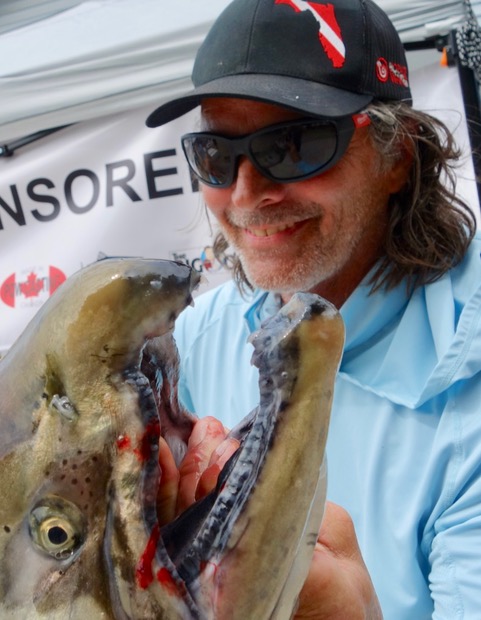
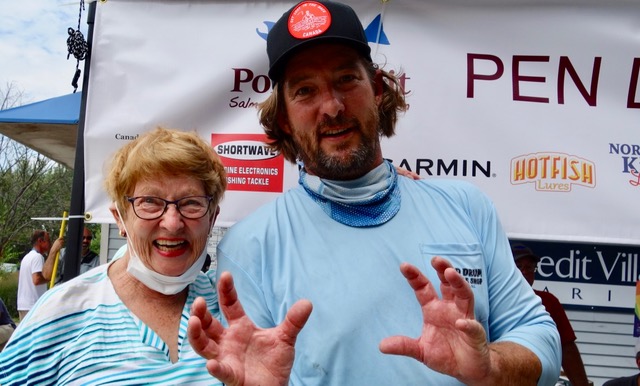
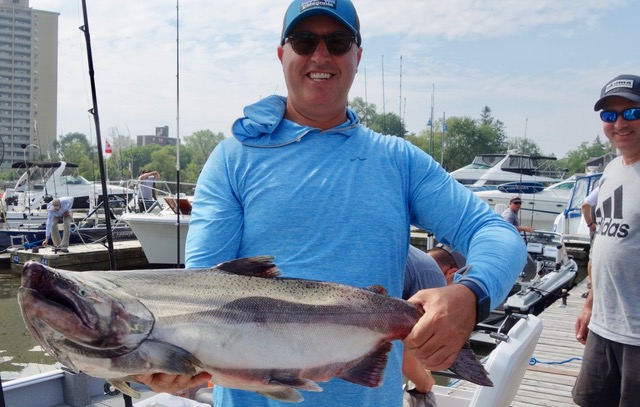



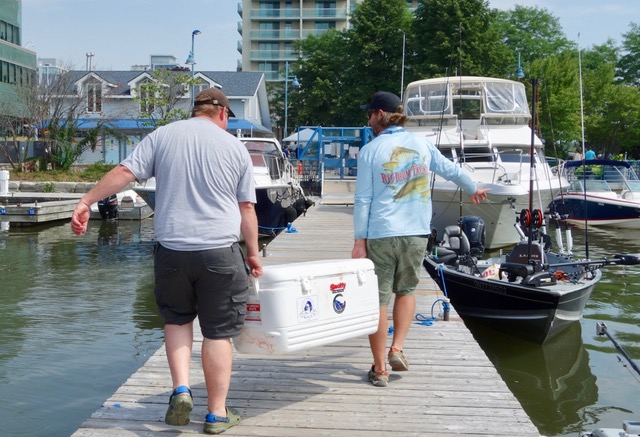
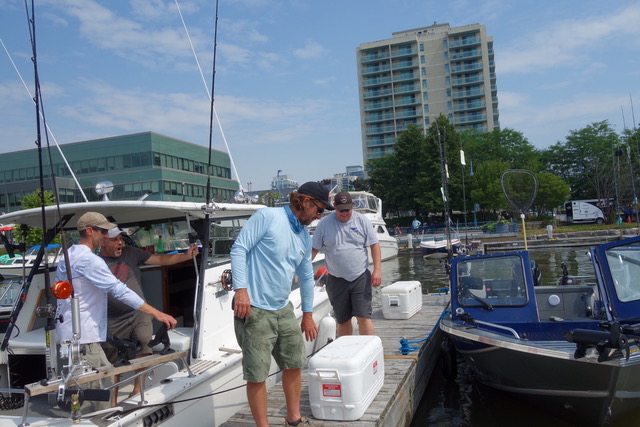

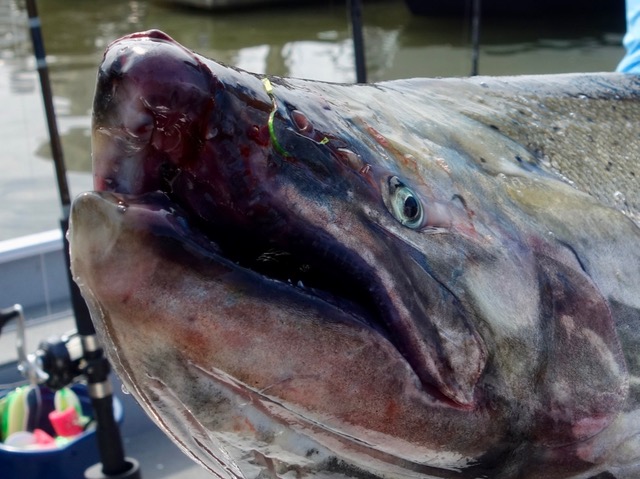

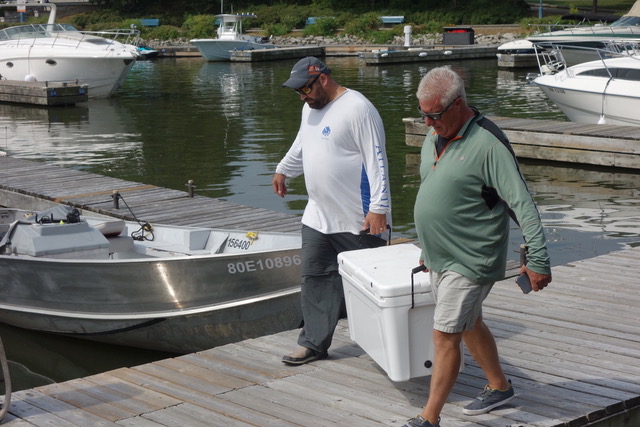







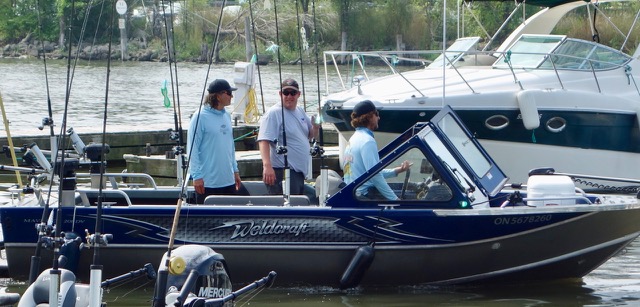
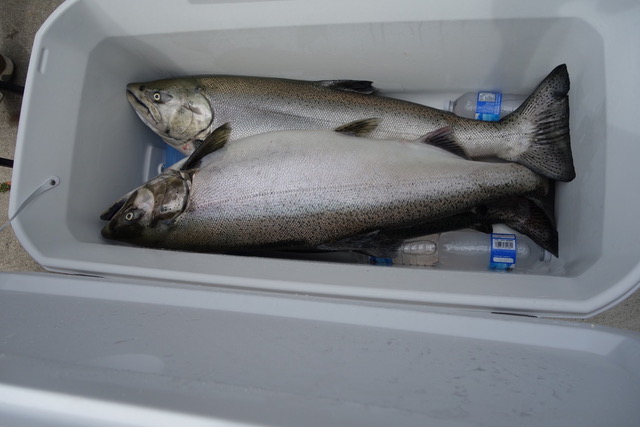
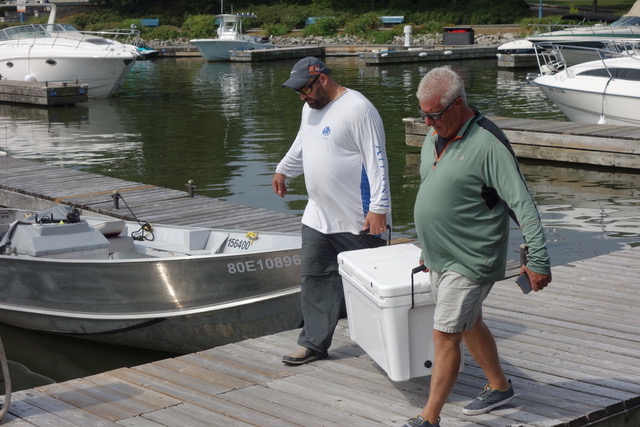
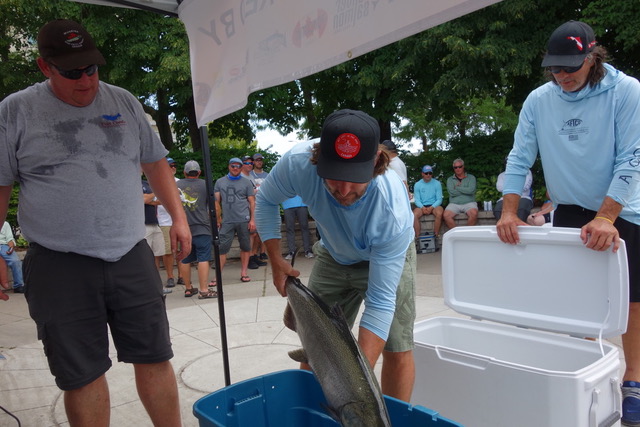

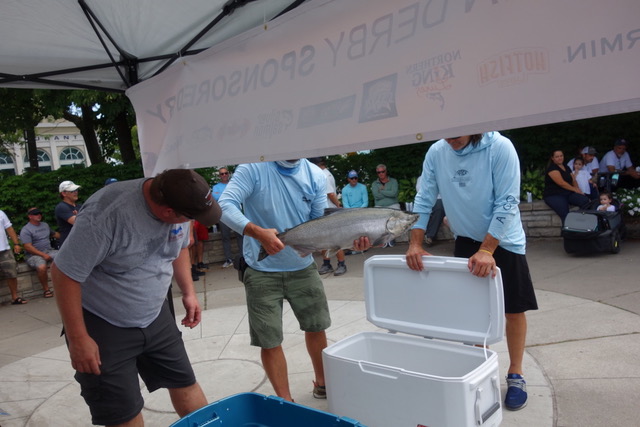




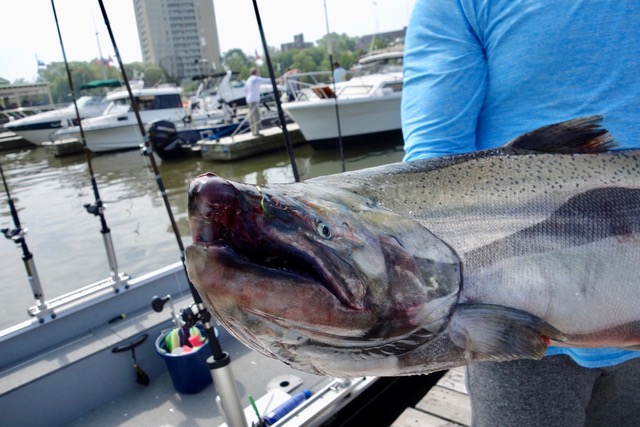
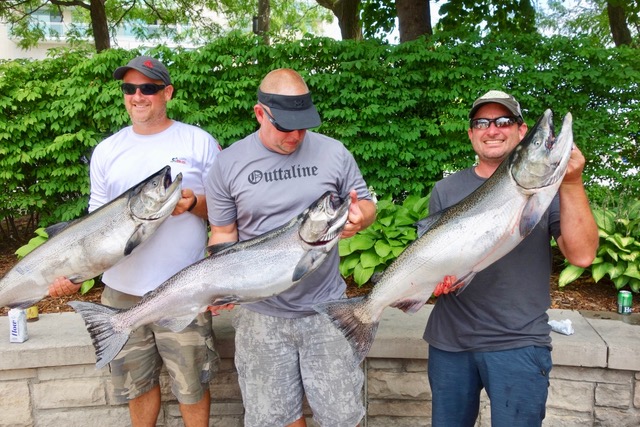
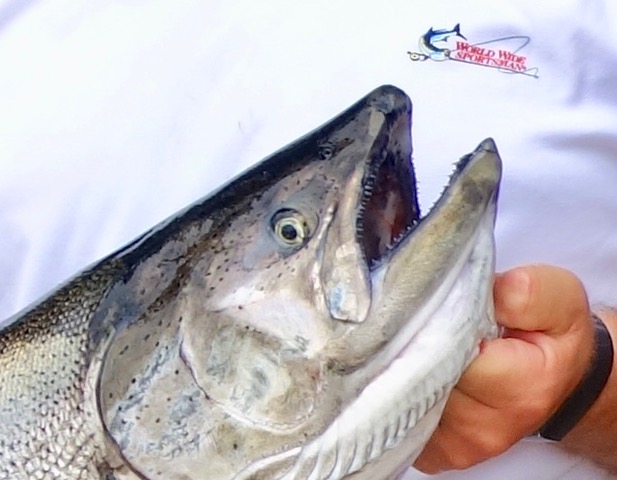
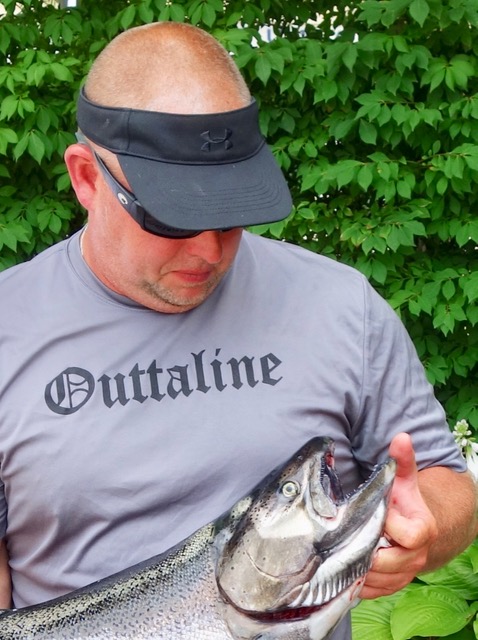
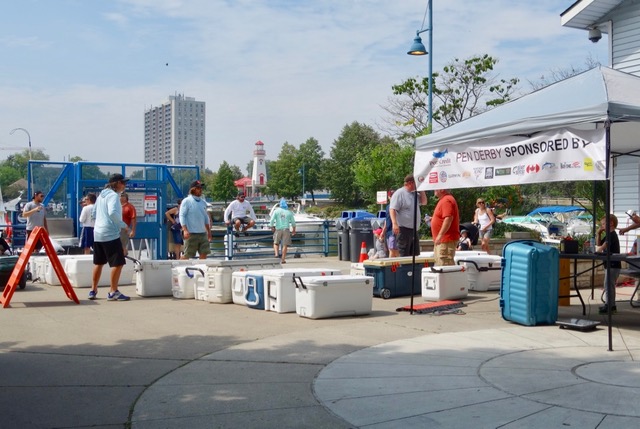

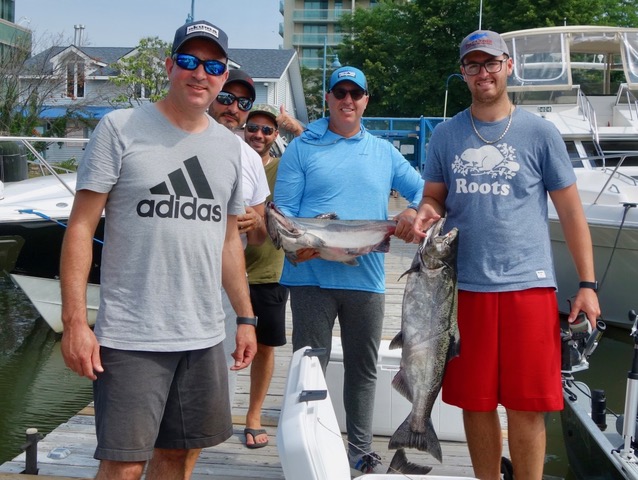




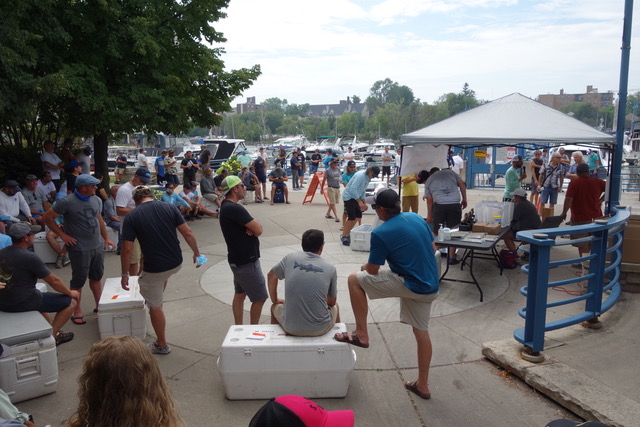


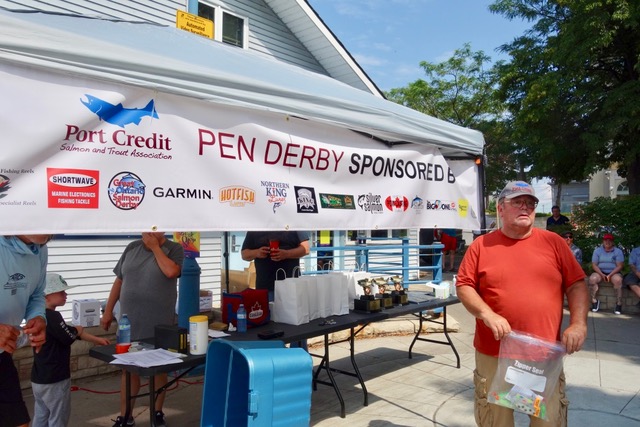

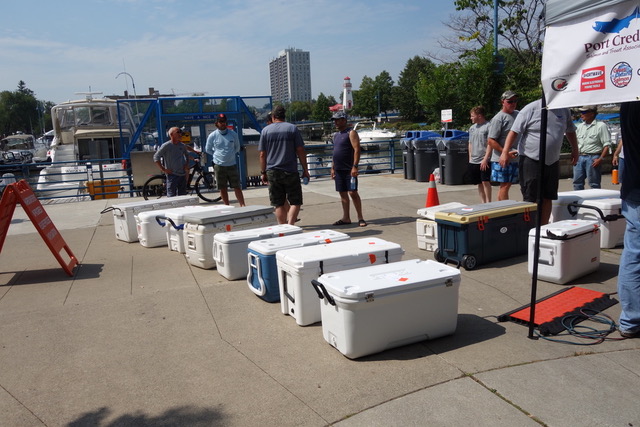


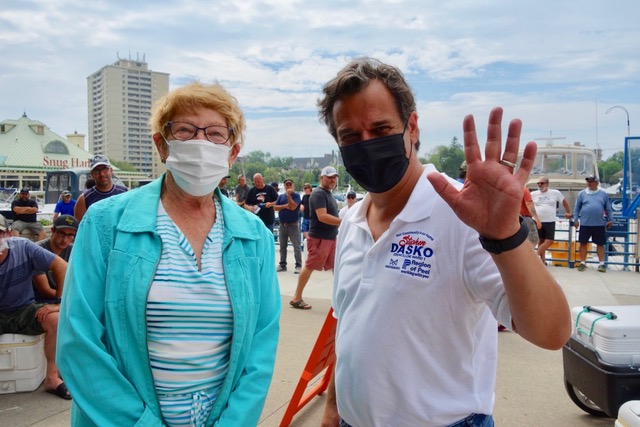
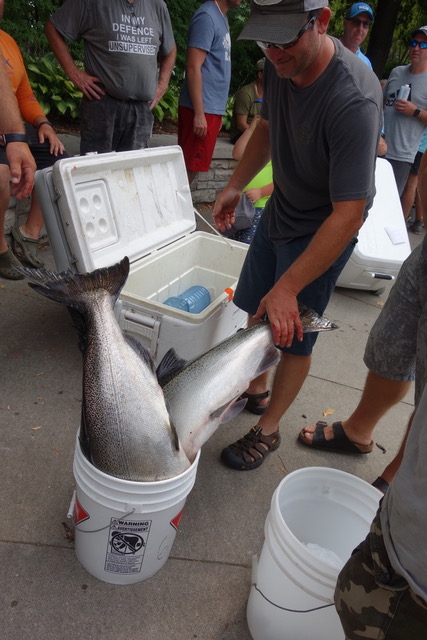


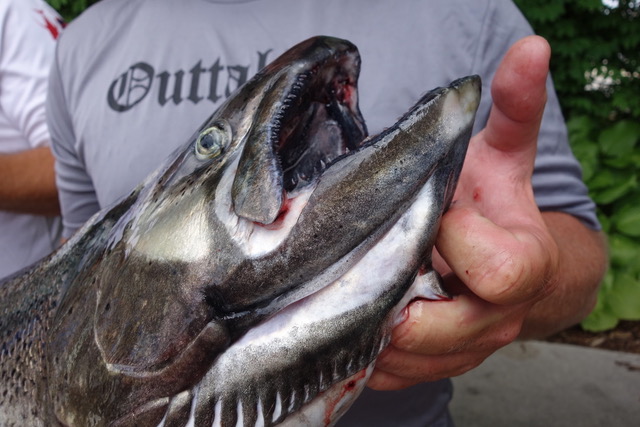



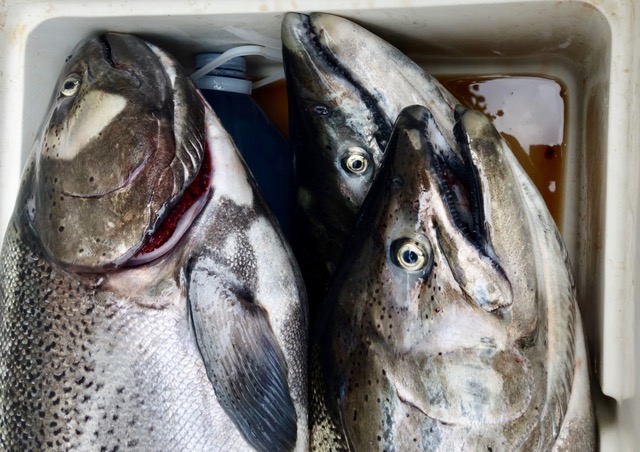
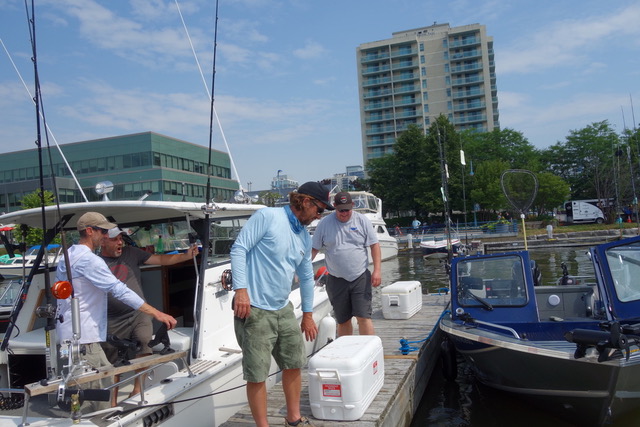
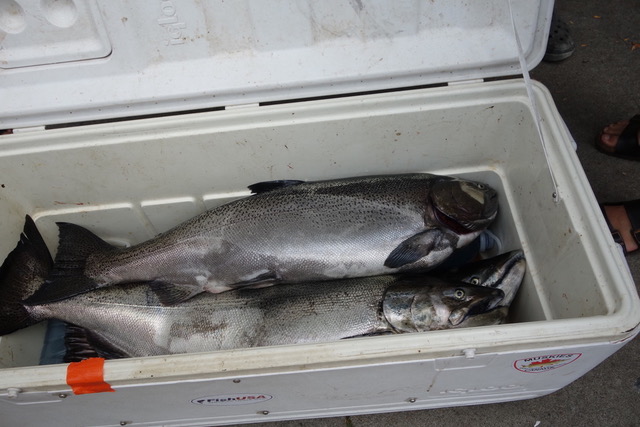

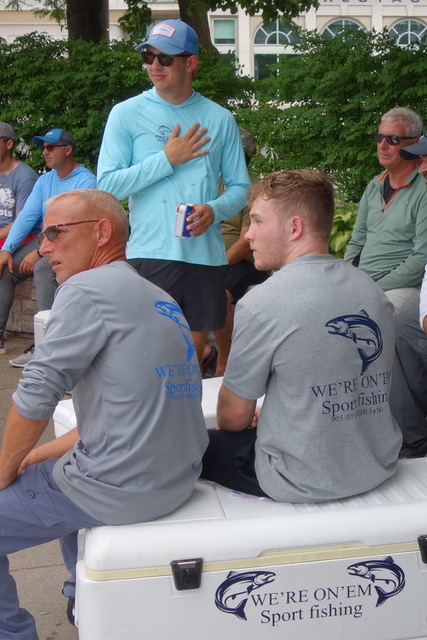
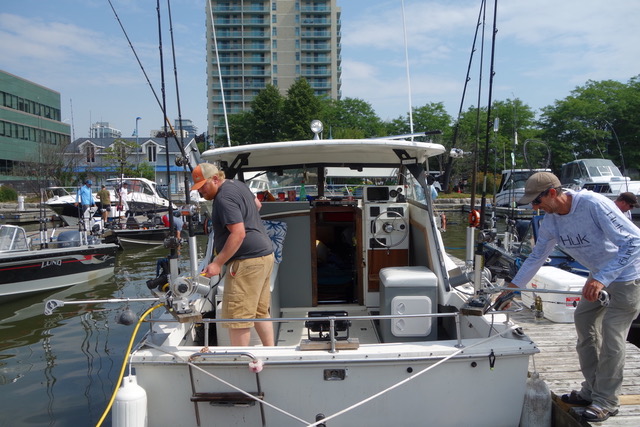

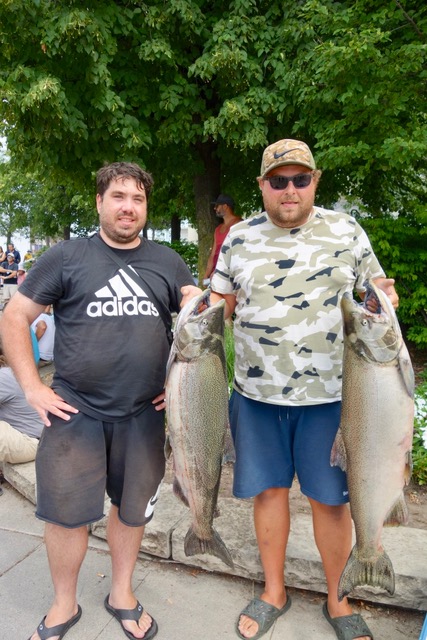
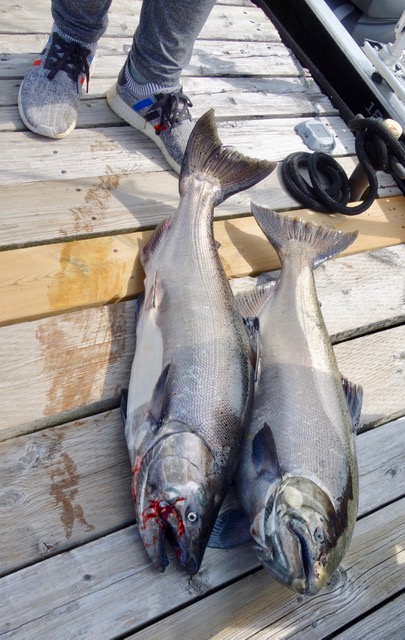
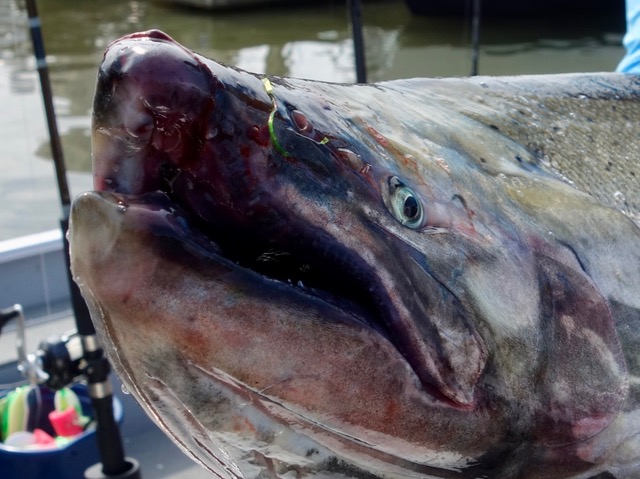
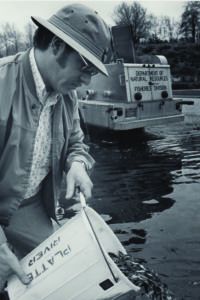 released as one of the great moments of his career. It was April 2, 1966, and the now year-and-a-half-old coho were ready to enter the Platte River near Honor, Michigan. He had a special wooden speaker’s platform built for the event. Public officials offered words touting the benefits of the salmon program. The press took photos. Then, Arnell Engstrom, the Traverse City house representative whose vote had been critical in funding the salmon program, picked up a golden bucket and dumped the first batch into the Lake Michigan watershed. Tanner got his turn later in the afternoon on Bear Creek, a tributary of the Manistee, at a site just below Tippy Dam. Swimming with the current, the four-inch “smolts” would find their way to the open water in less than two days.
released as one of the great moments of his career. It was April 2, 1966, and the now year-and-a-half-old coho were ready to enter the Platte River near Honor, Michigan. He had a special wooden speaker’s platform built for the event. Public officials offered words touting the benefits of the salmon program. The press took photos. Then, Arnell Engstrom, the Traverse City house representative whose vote had been critical in funding the salmon program, picked up a golden bucket and dumped the first batch into the Lake Michigan watershed. Tanner got his turn later in the afternoon on Bear Creek, a tributary of the Manistee, at a site just below Tippy Dam. Swimming with the current, the four-inch “smolts” would find their way to the open water in less than two days.